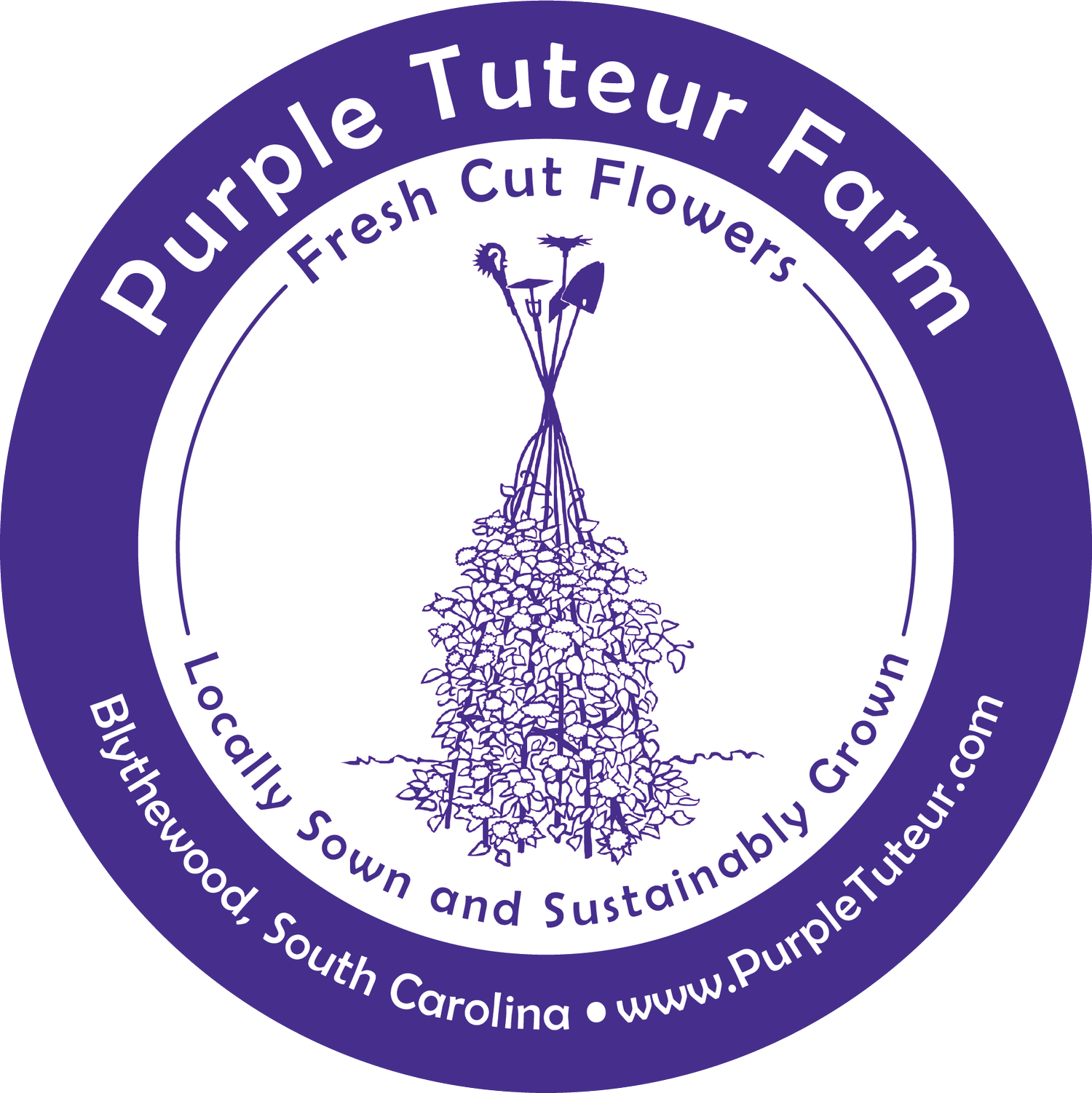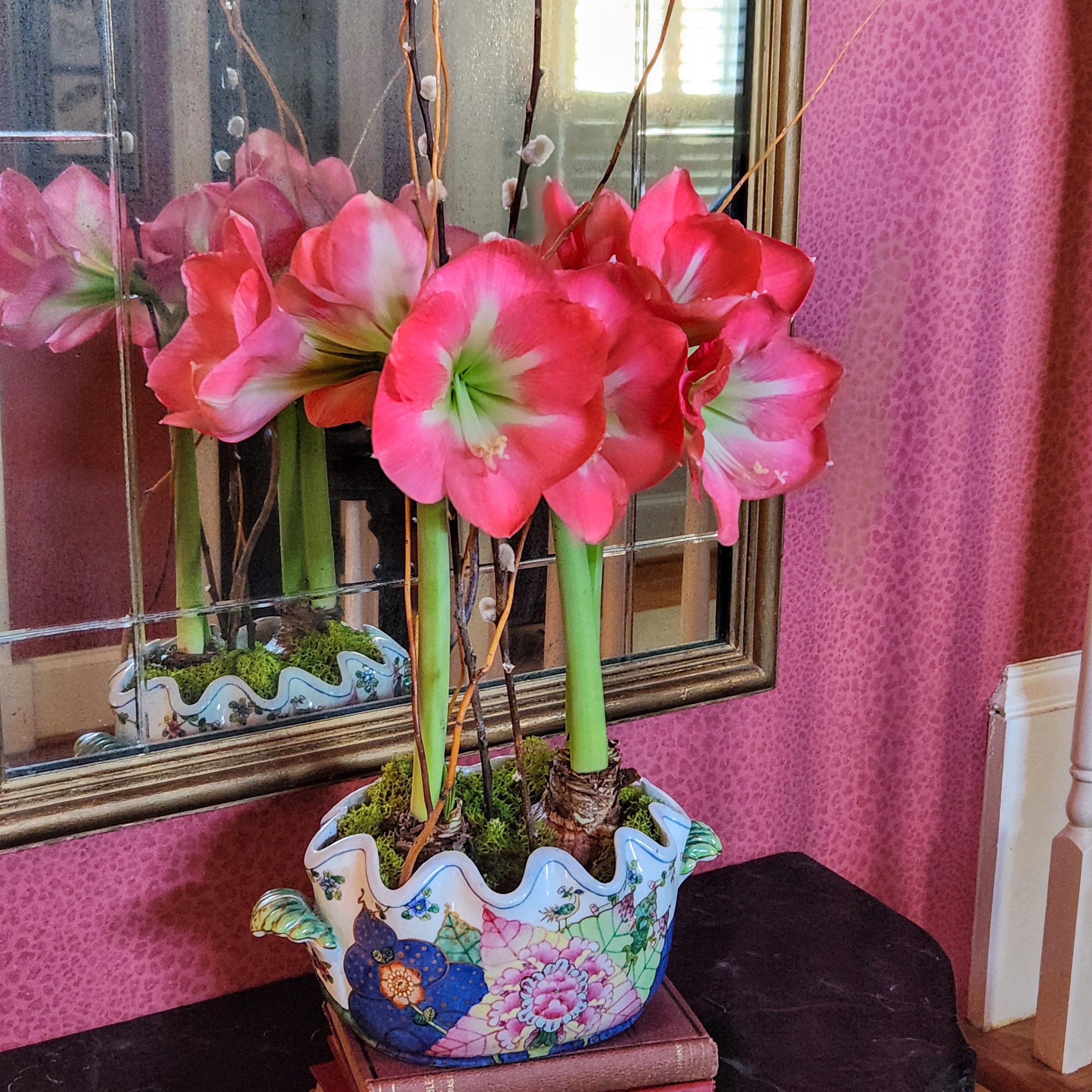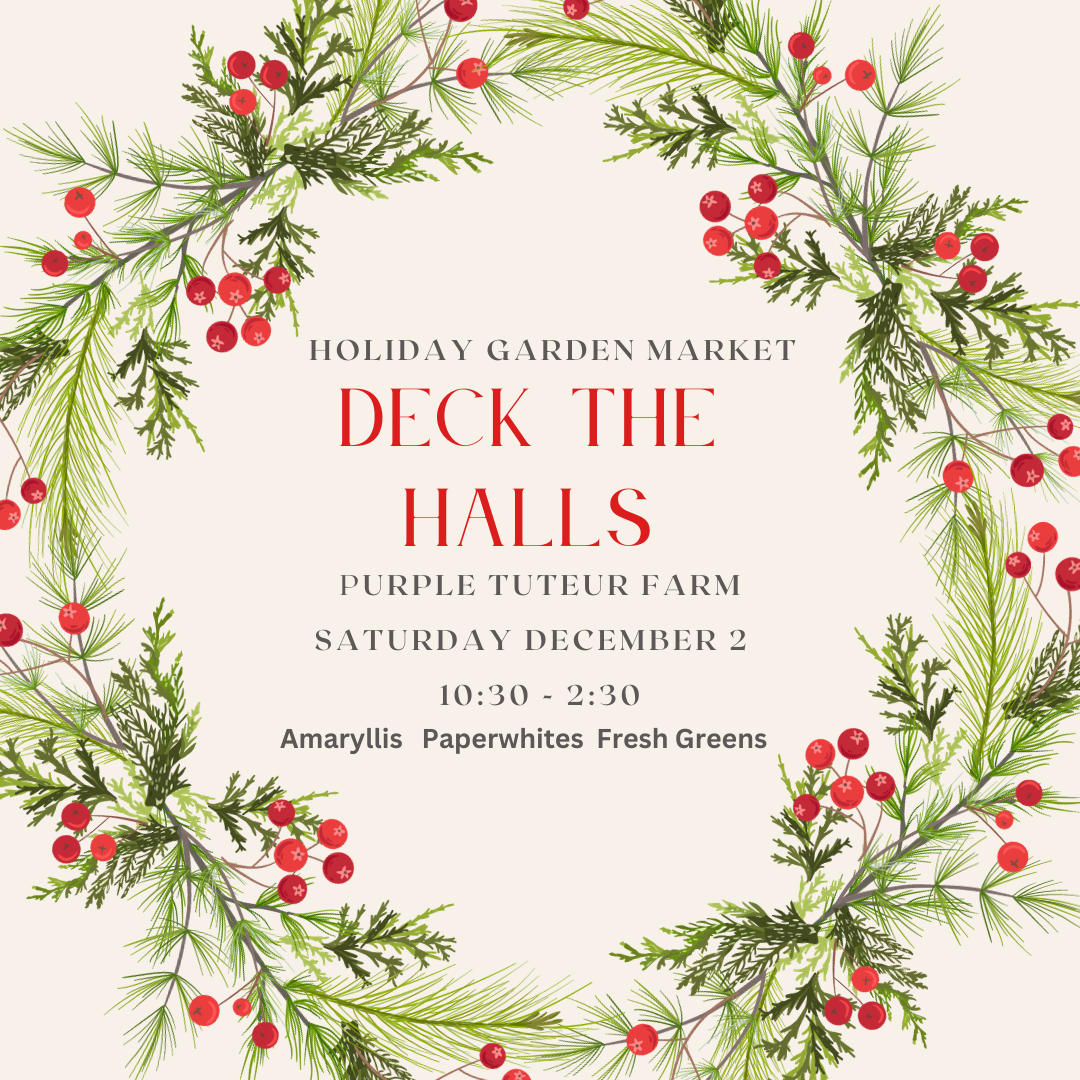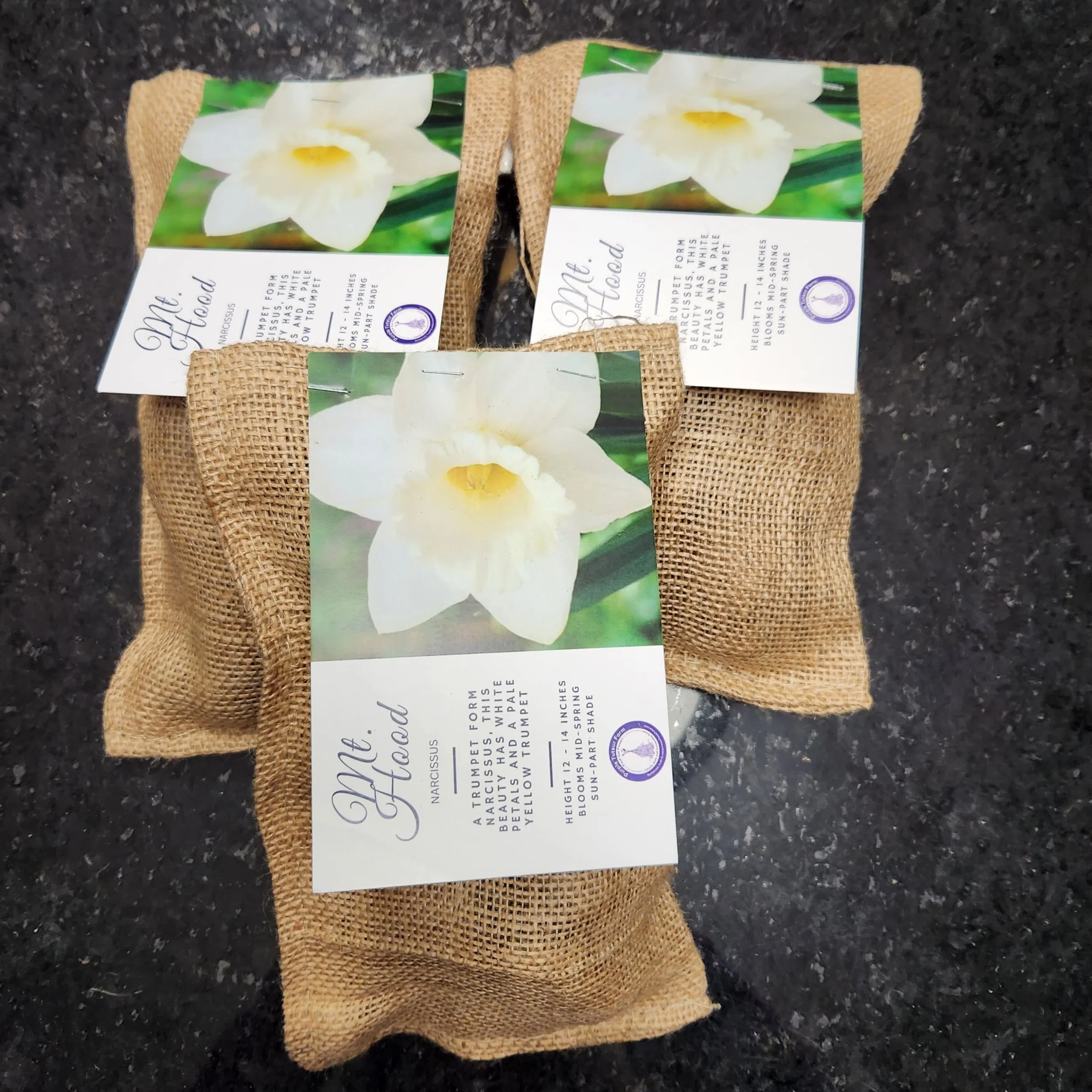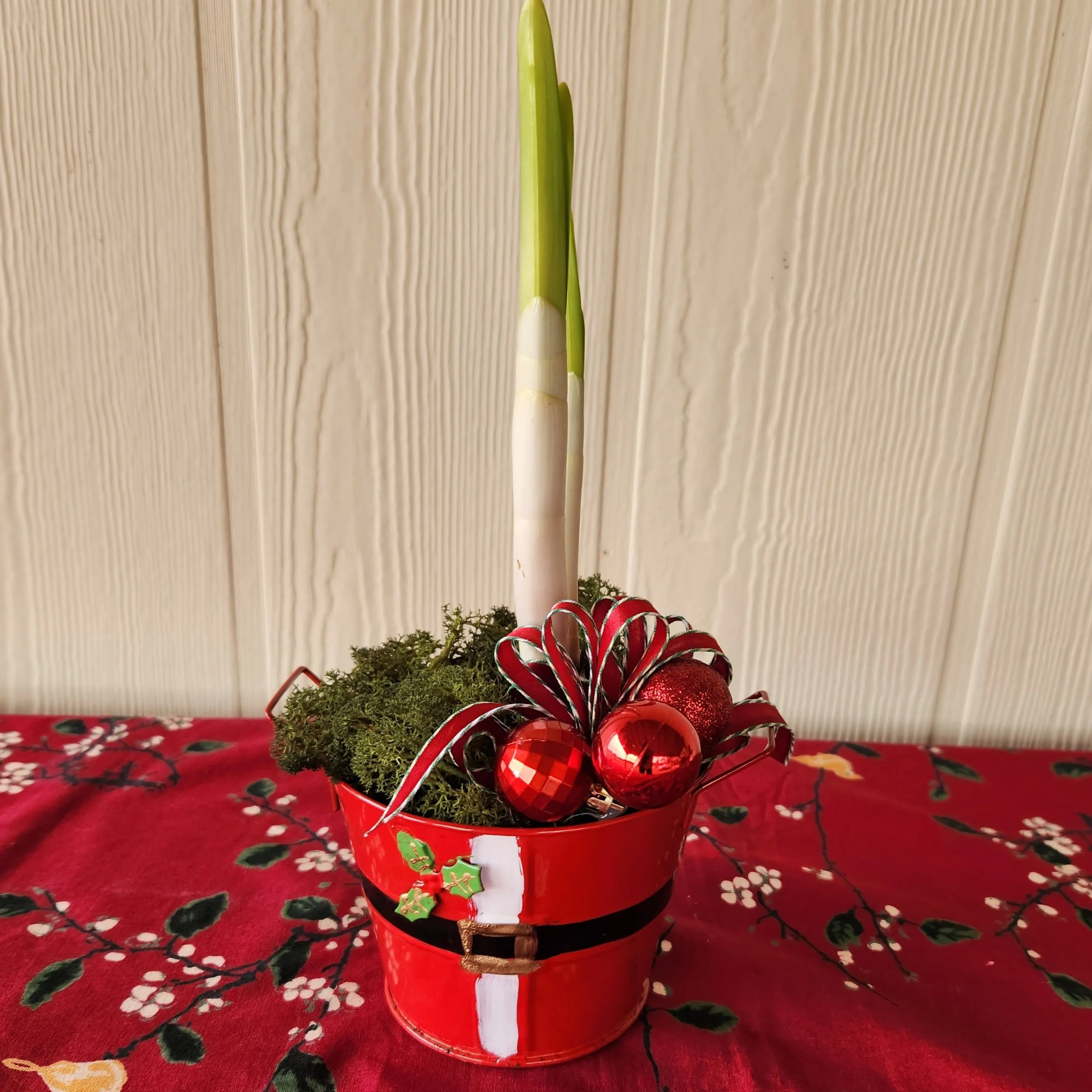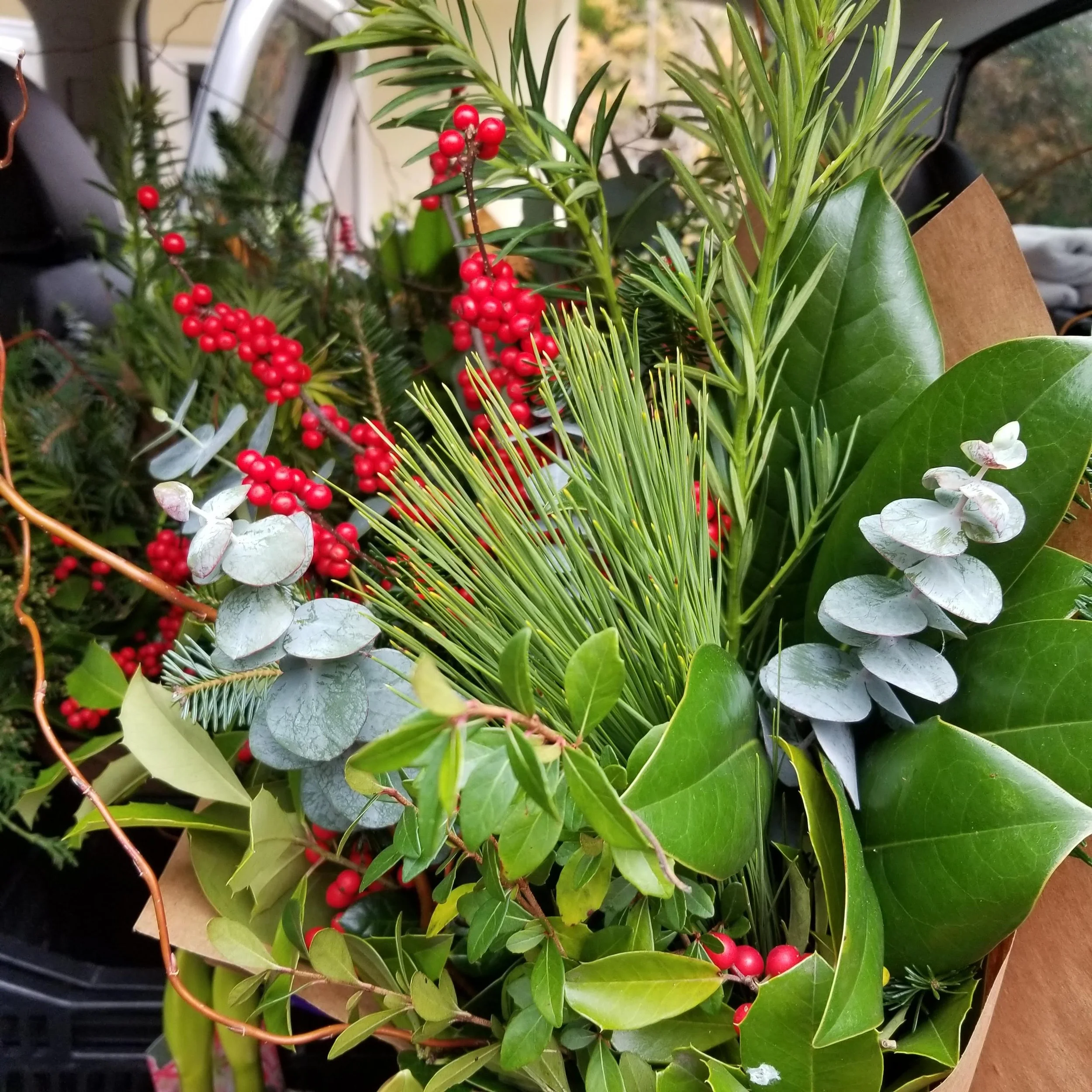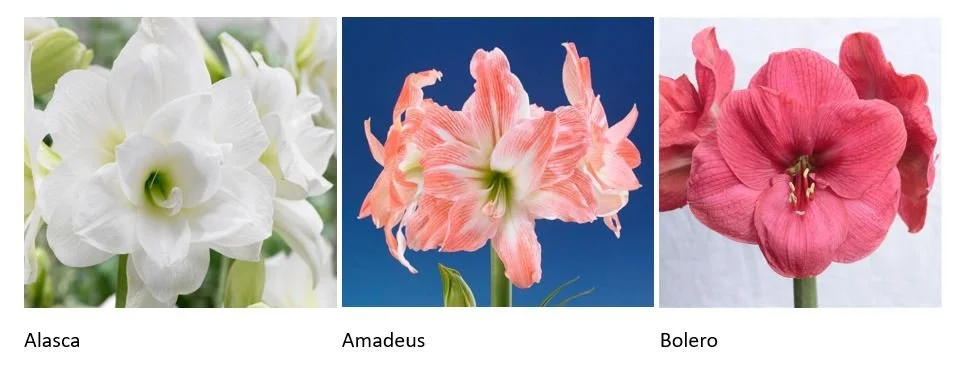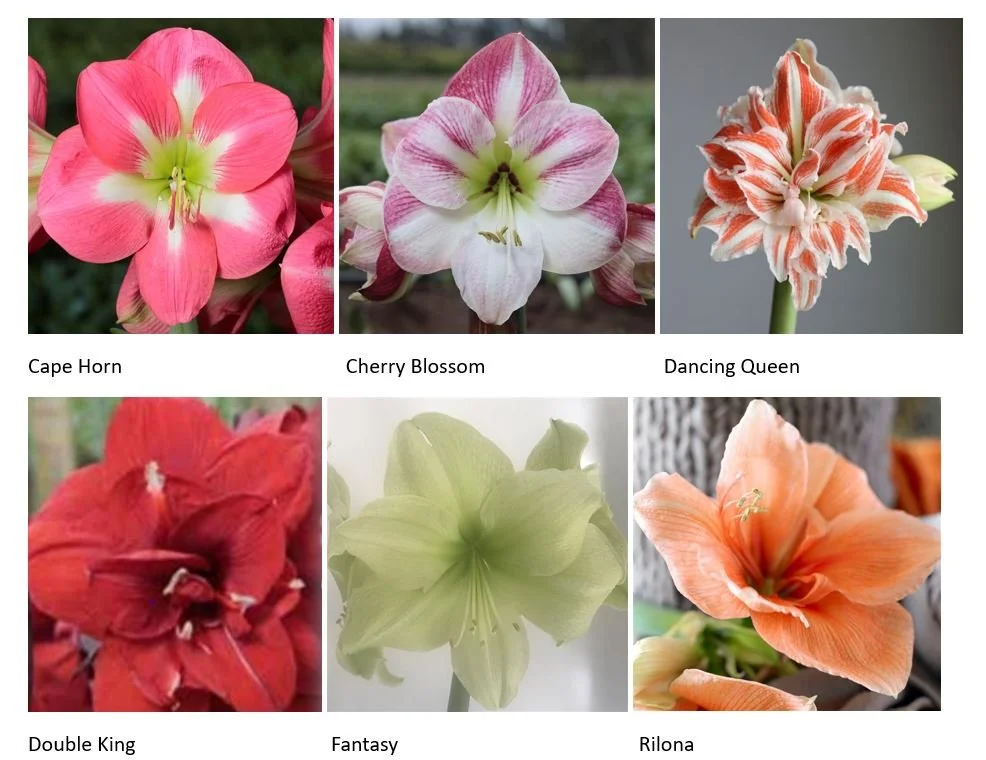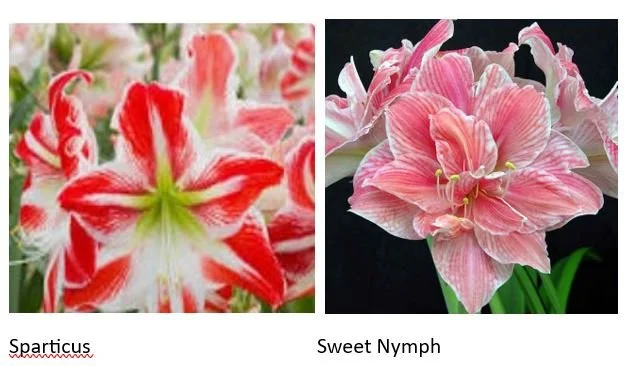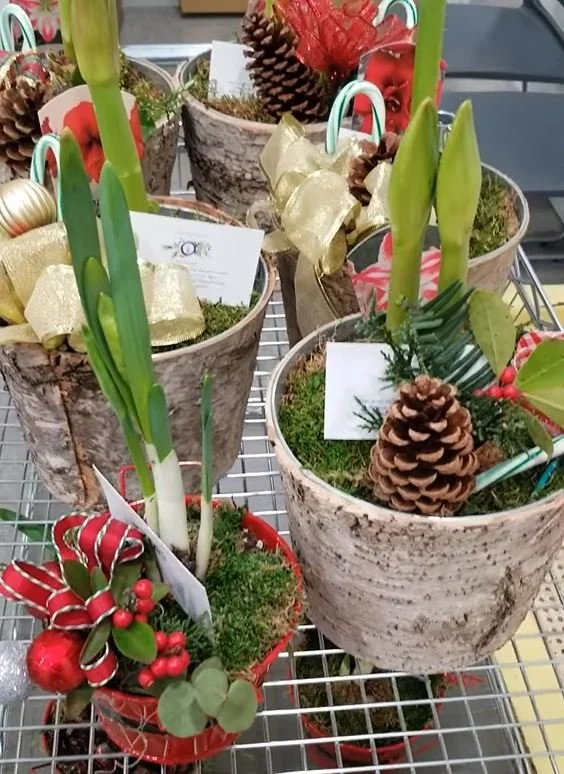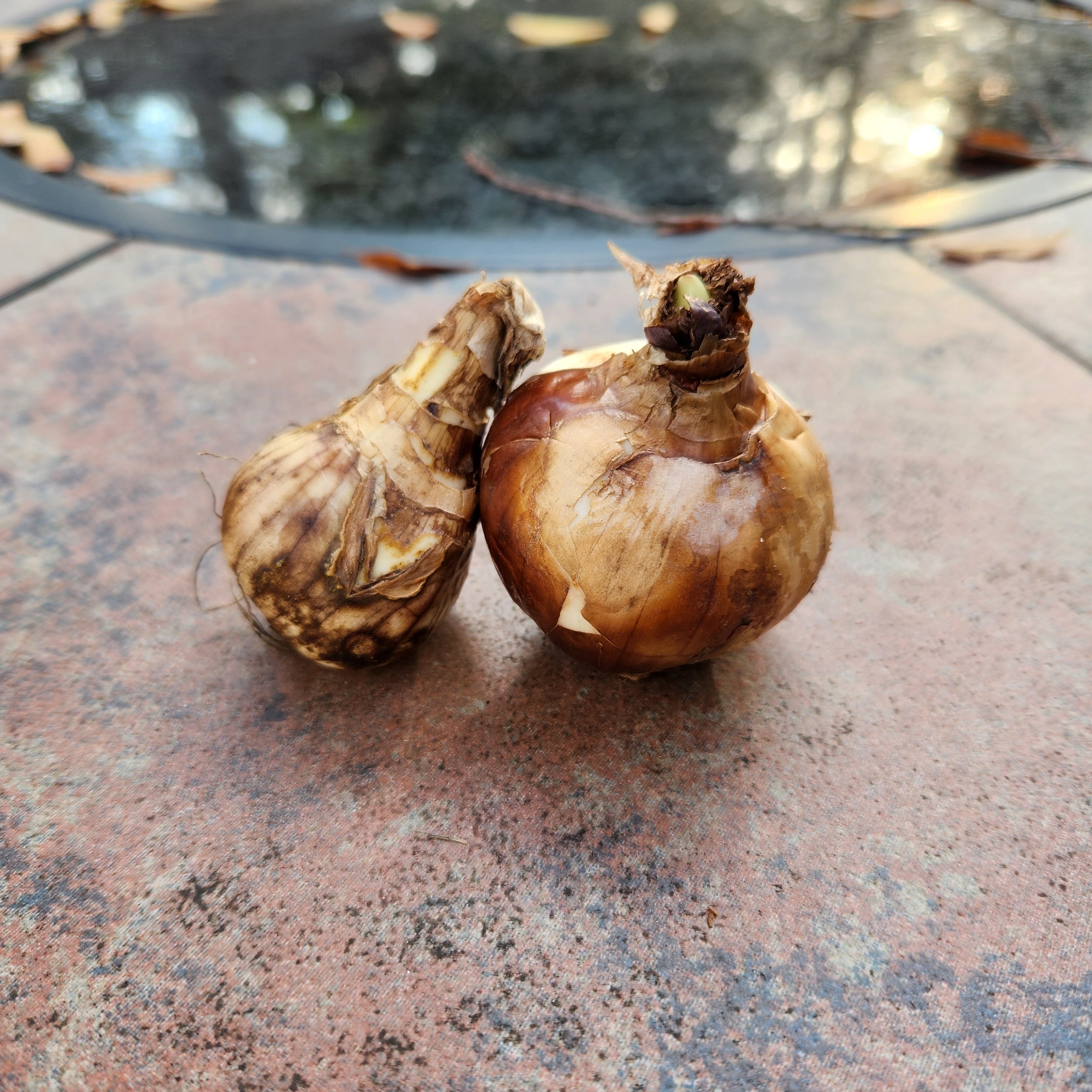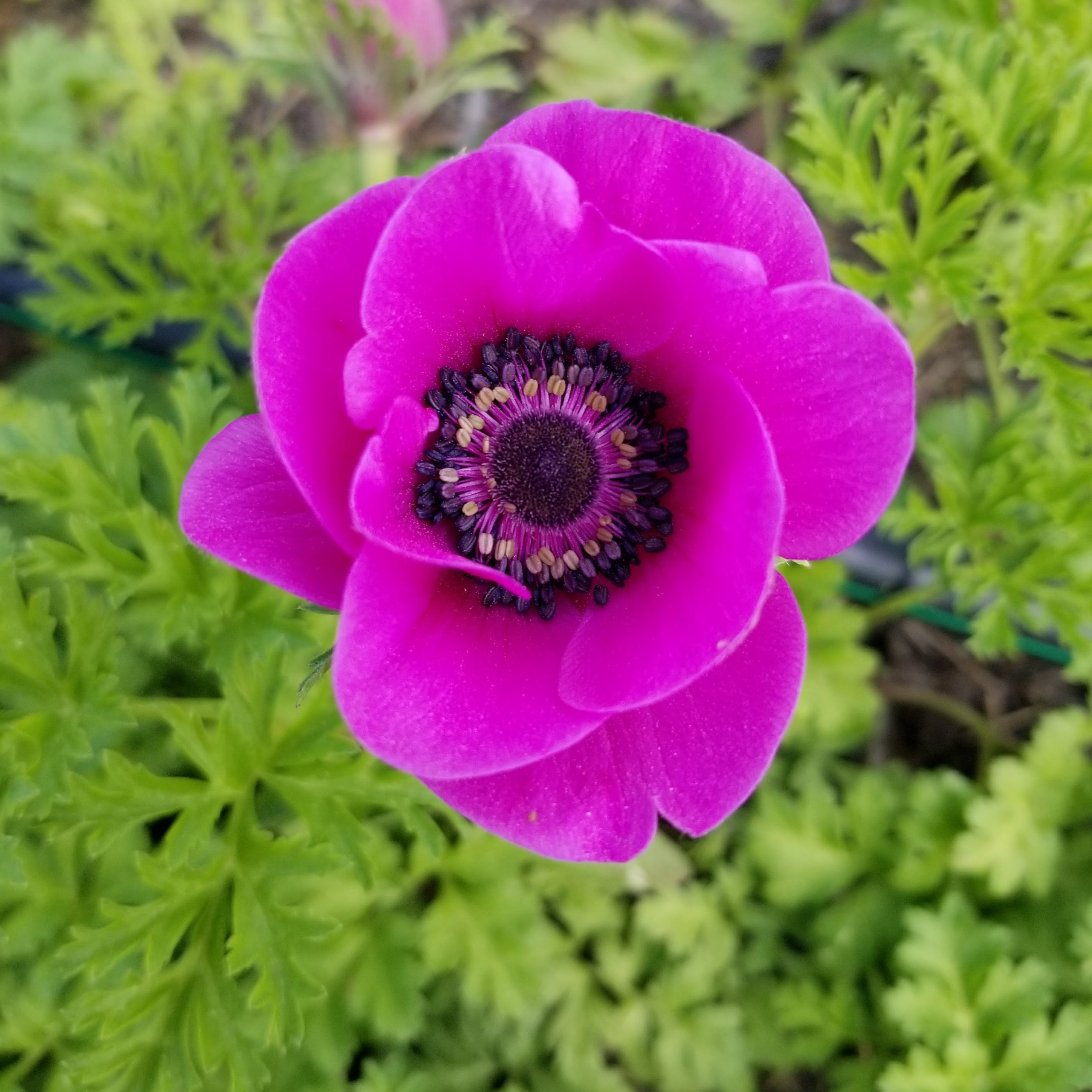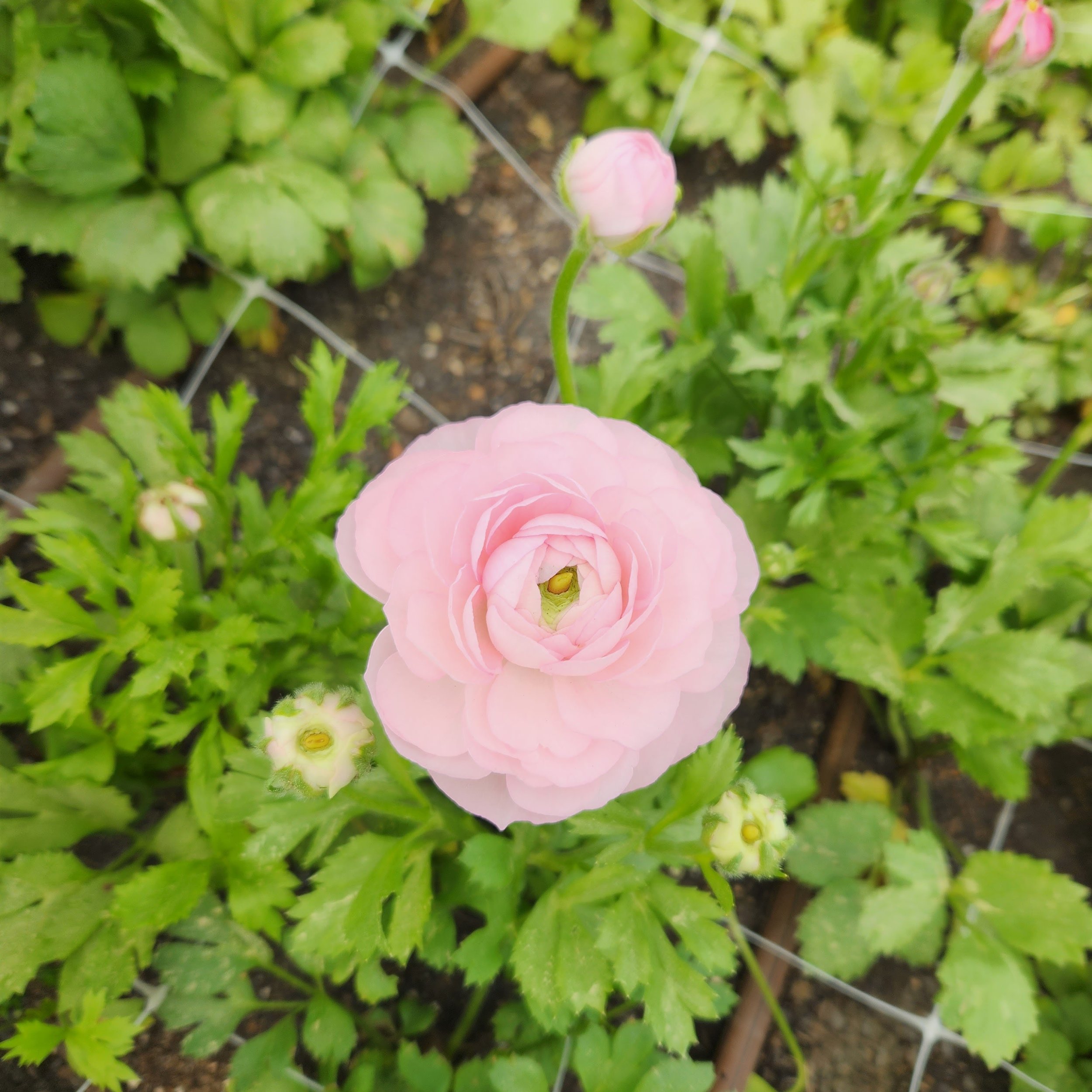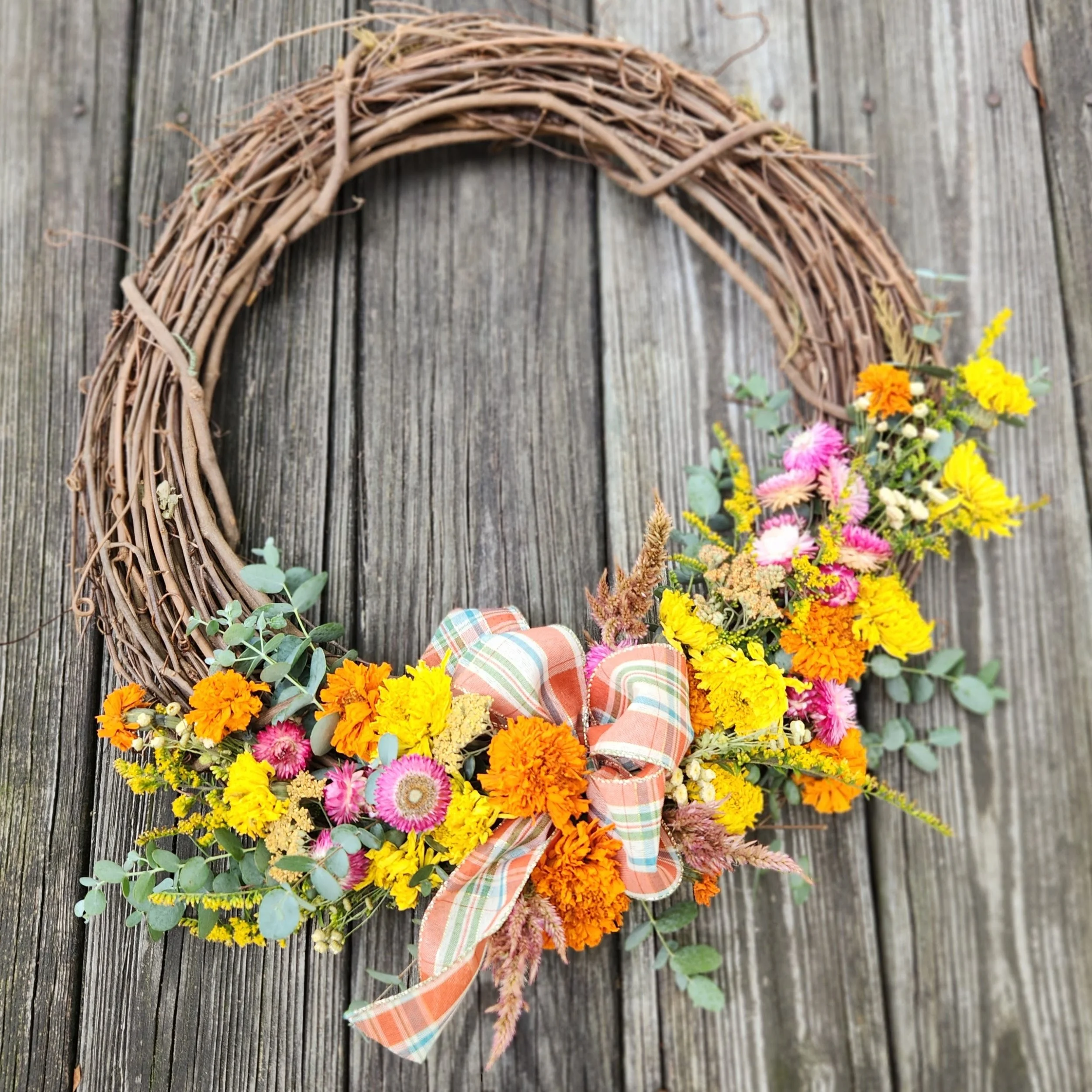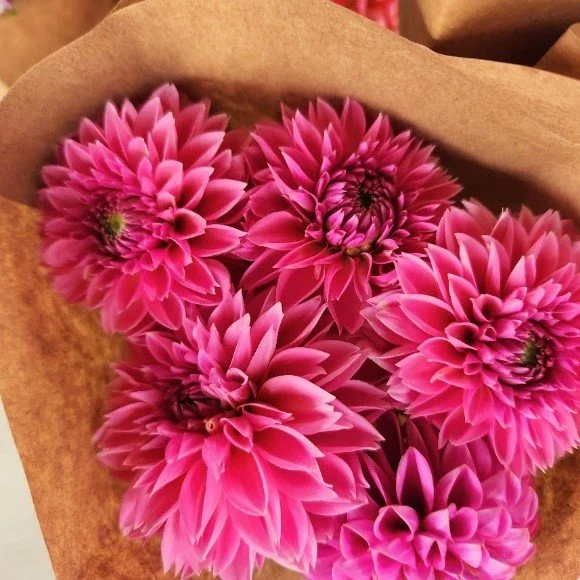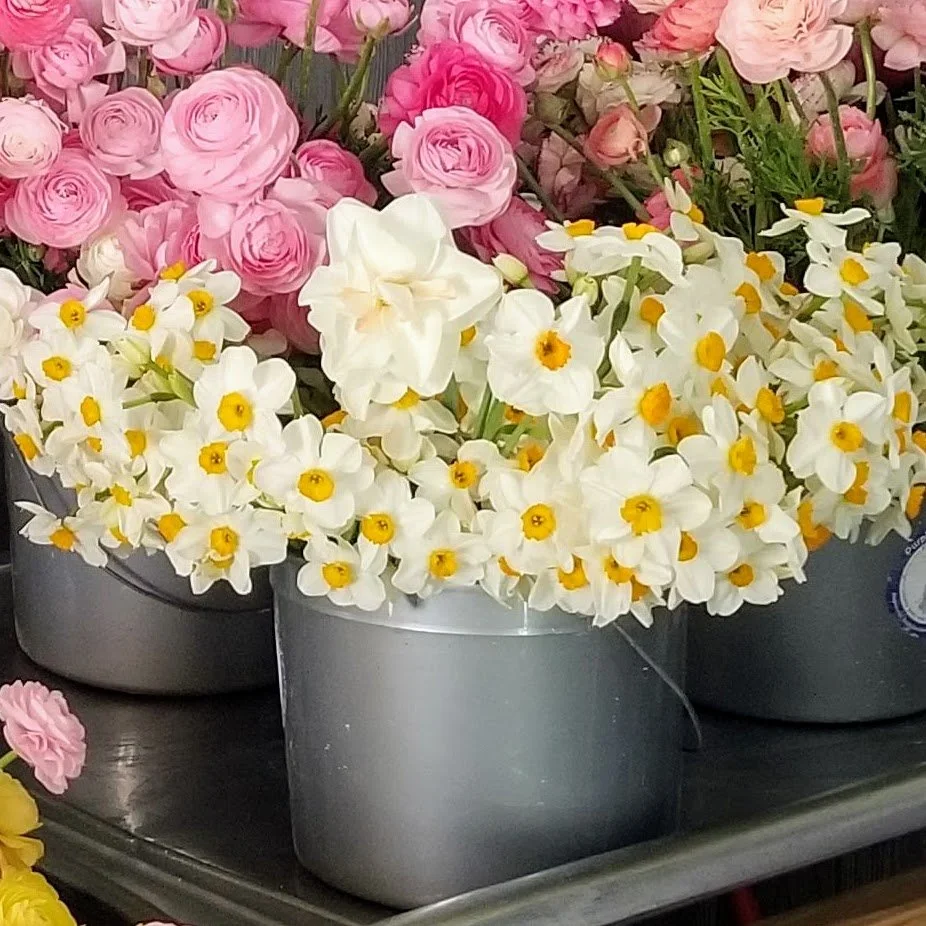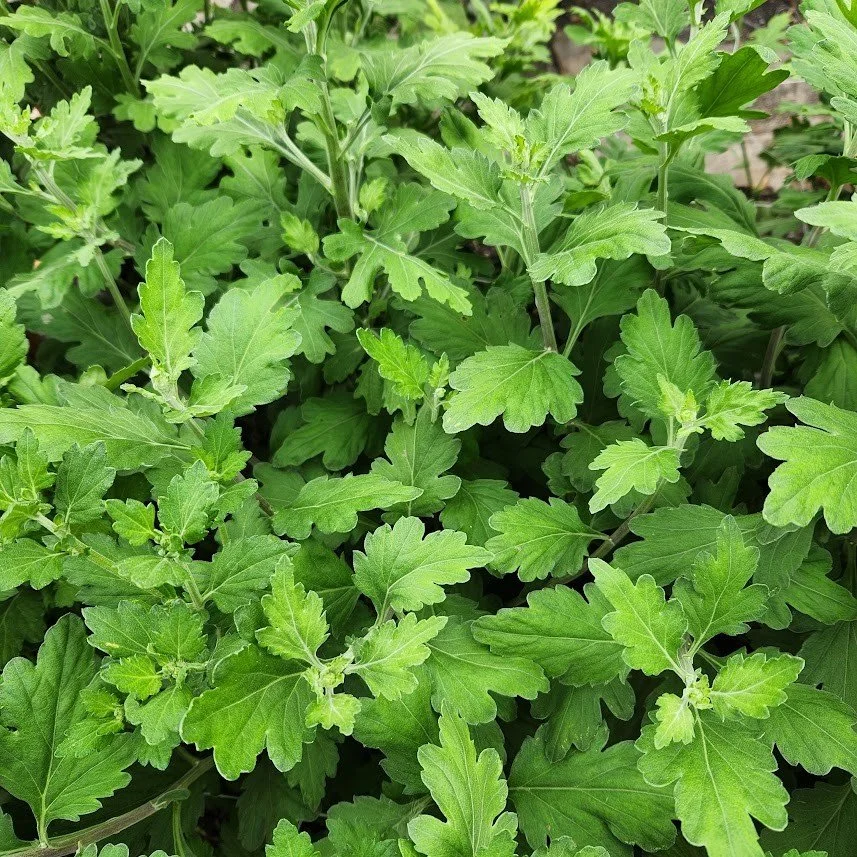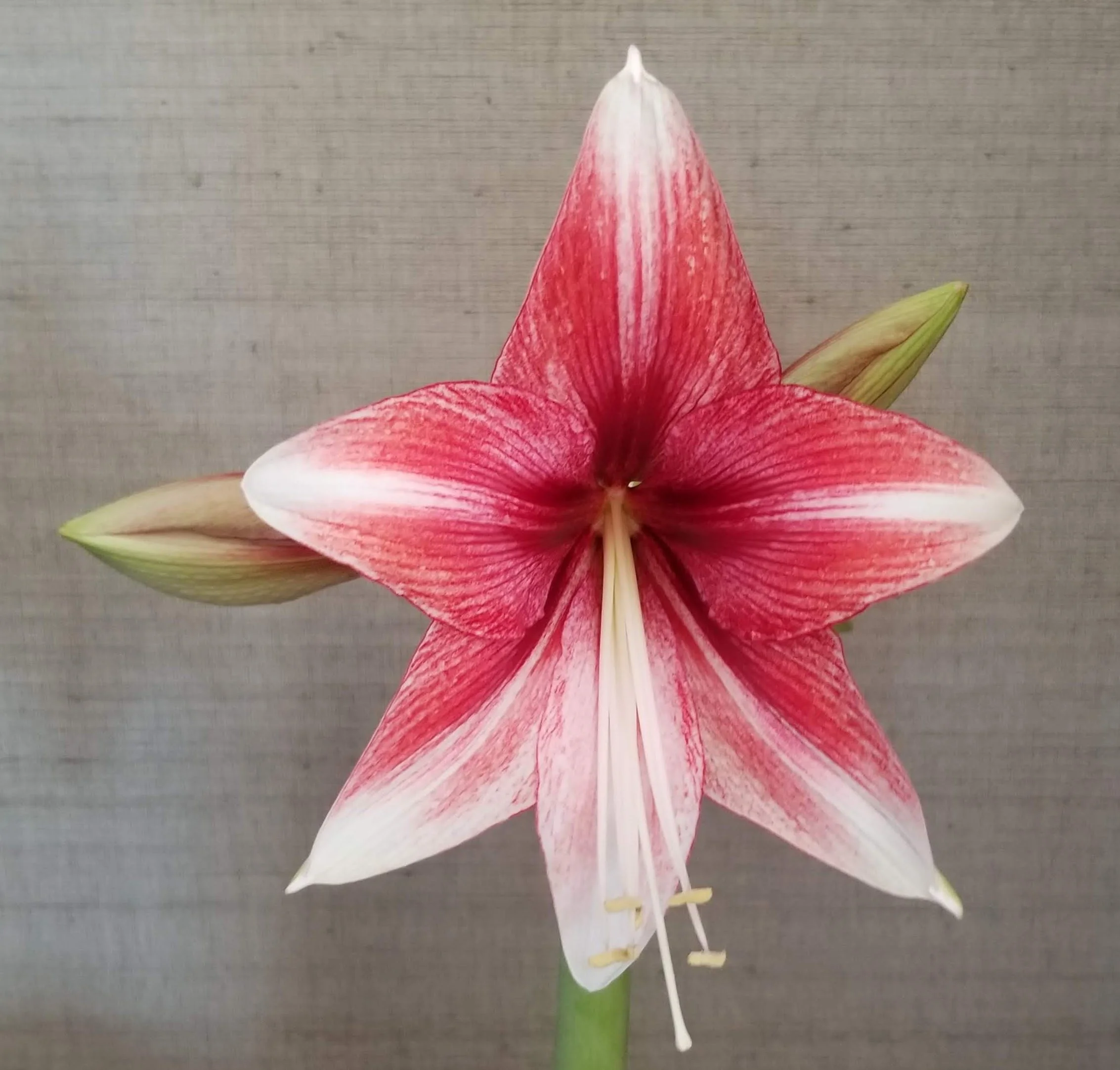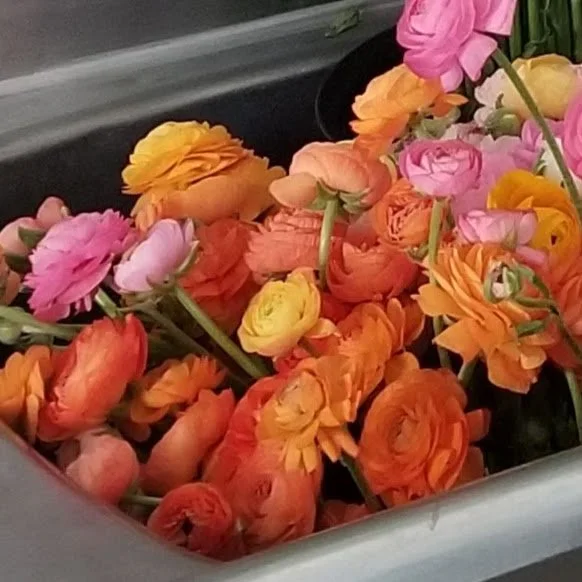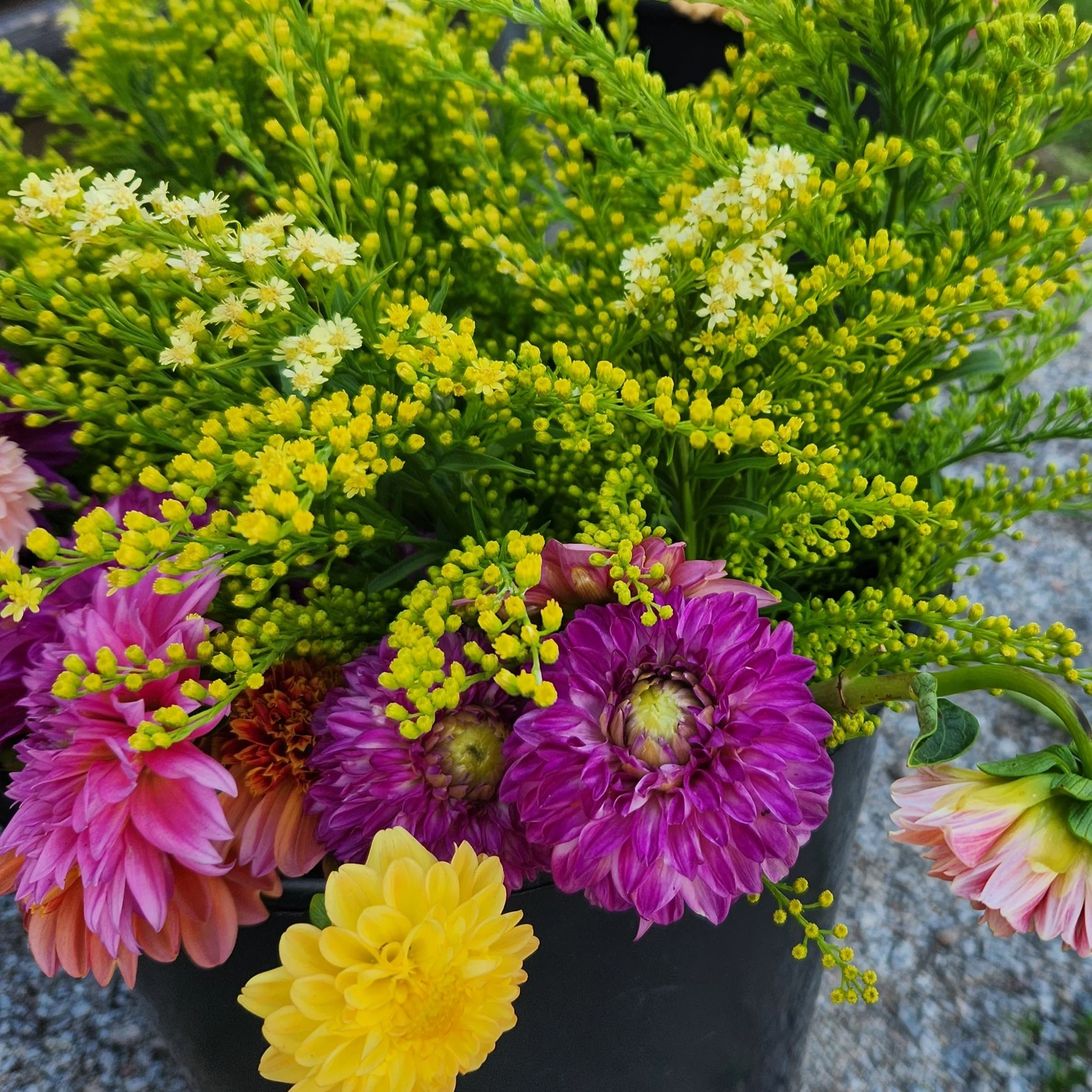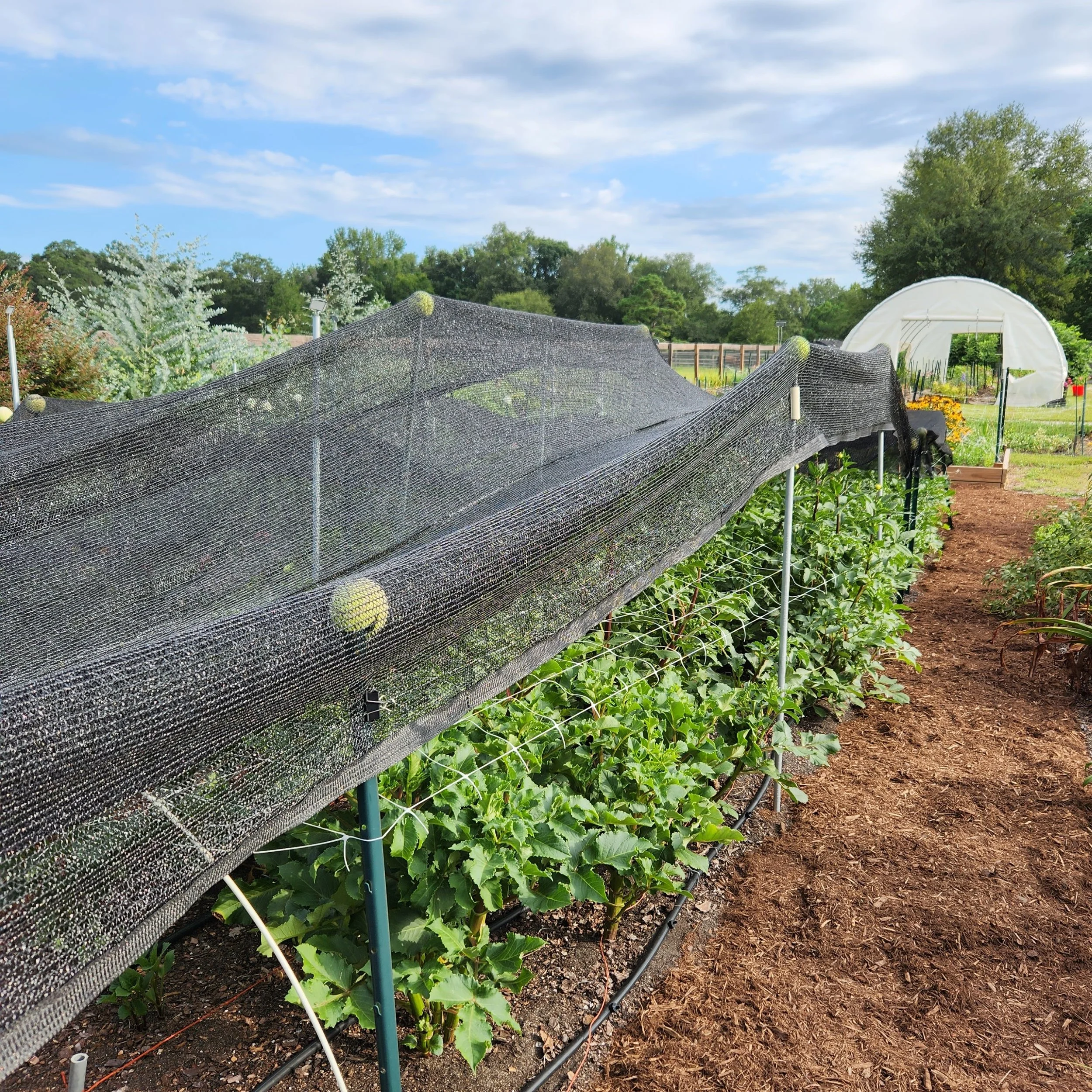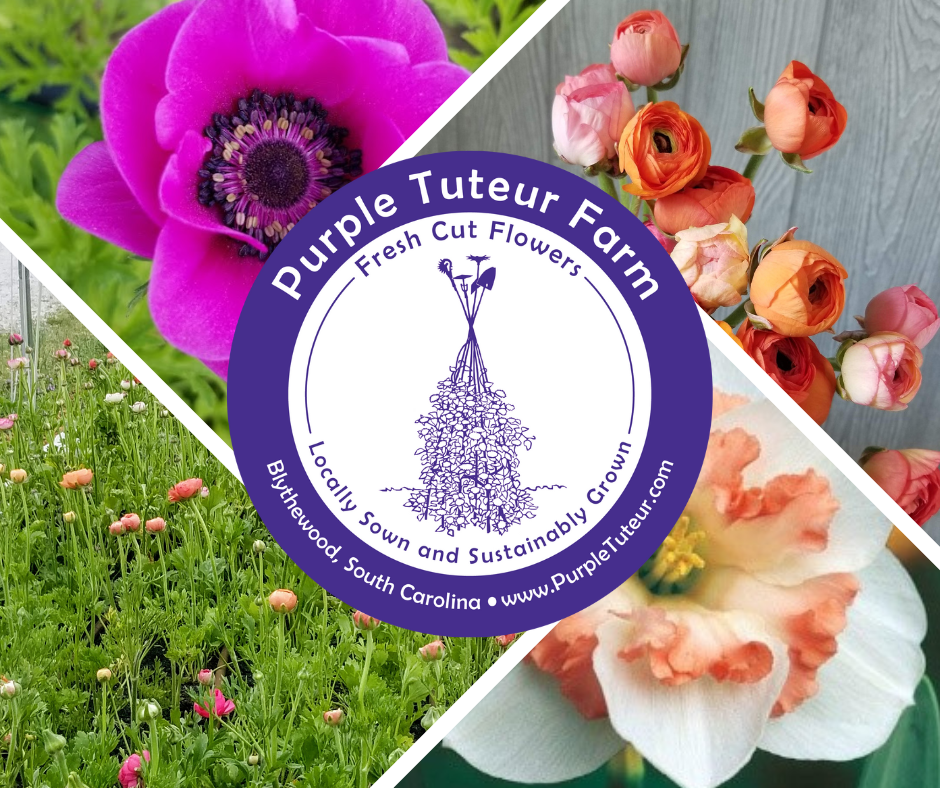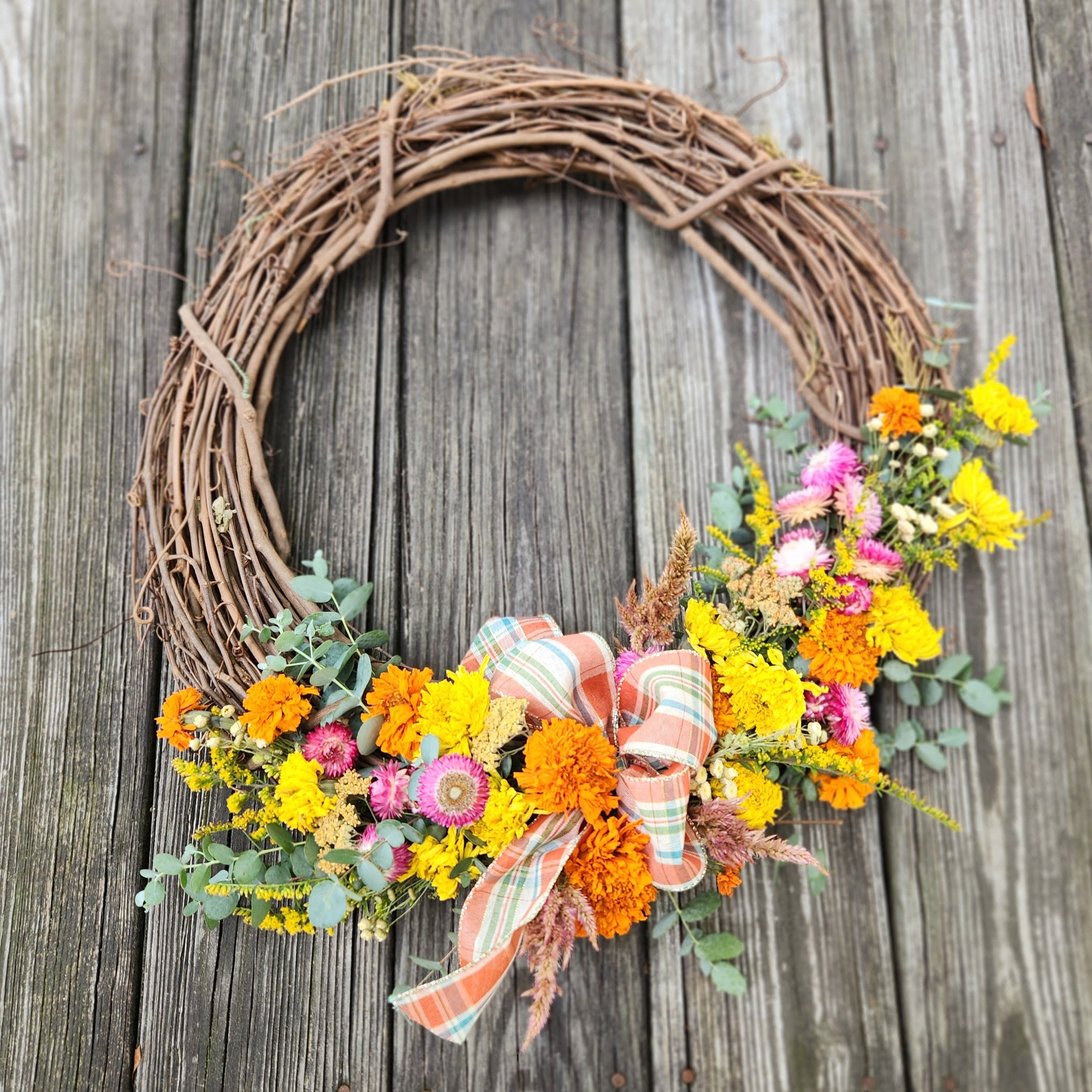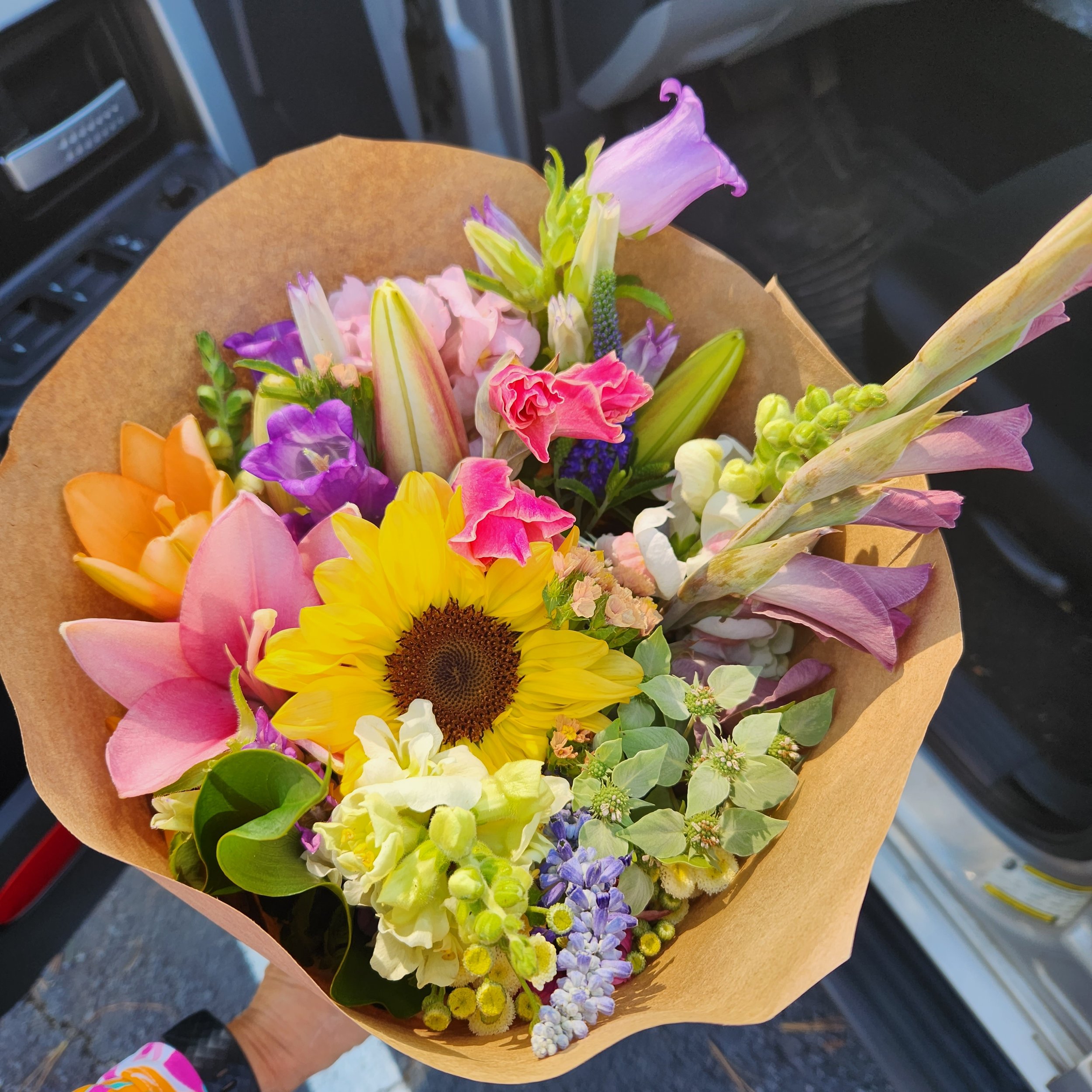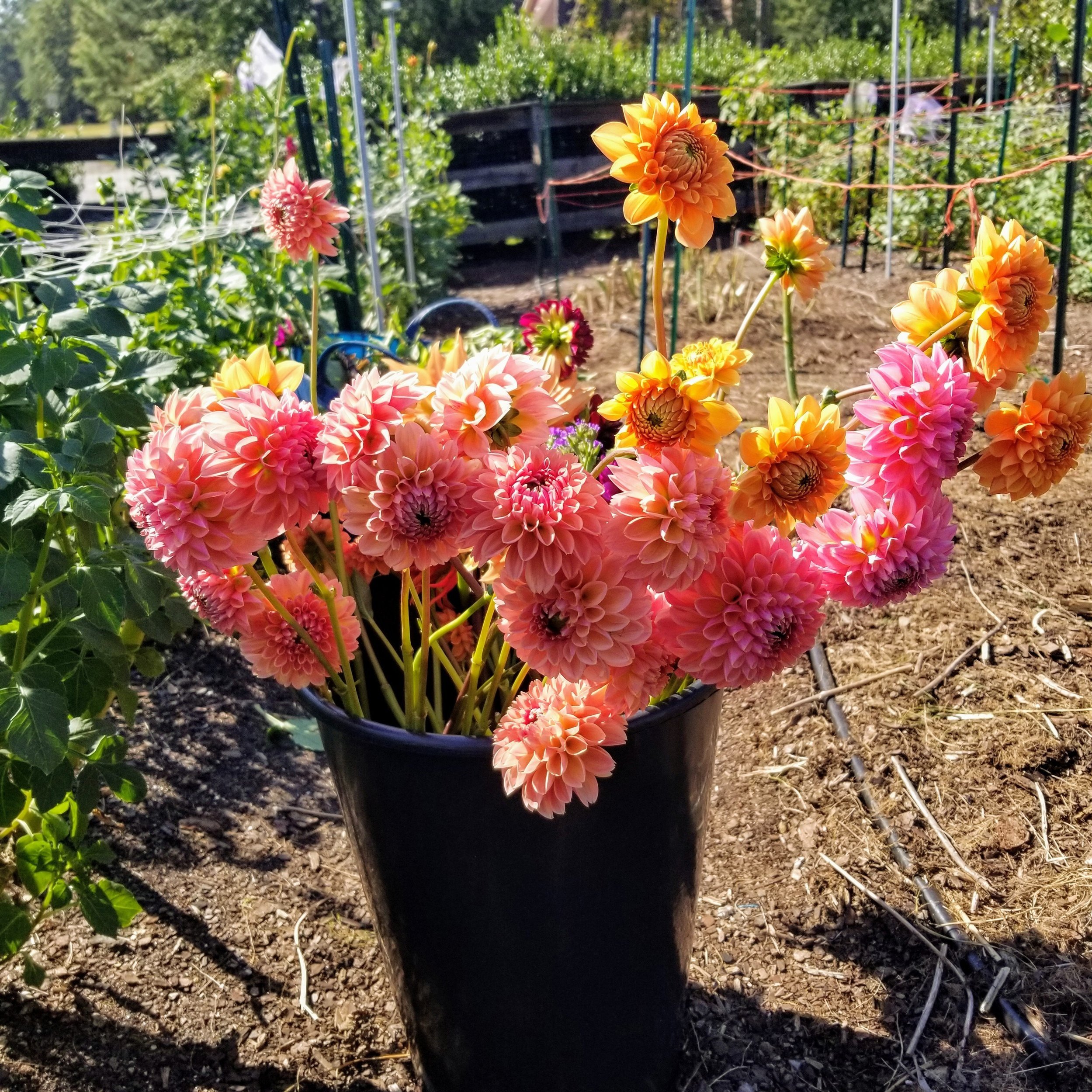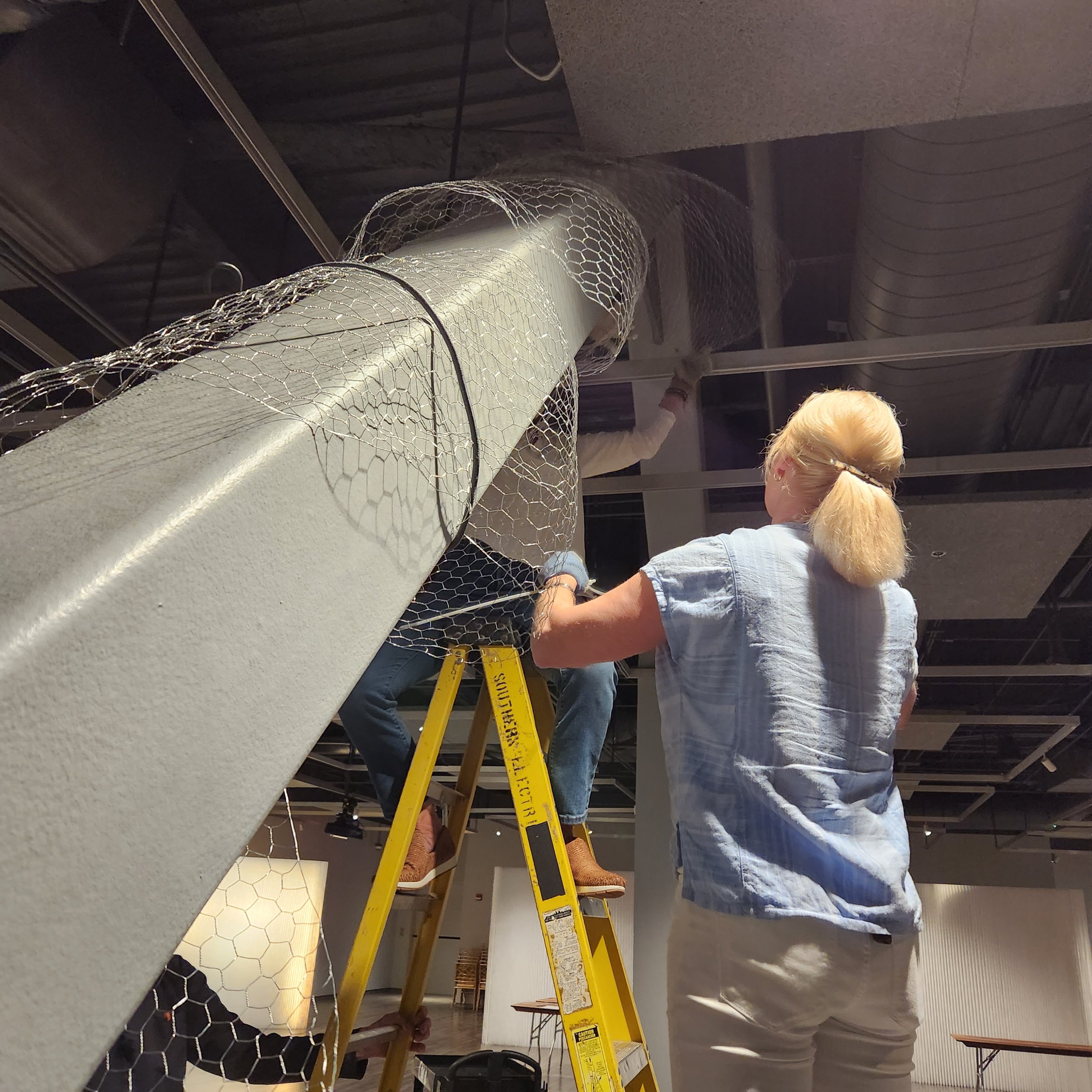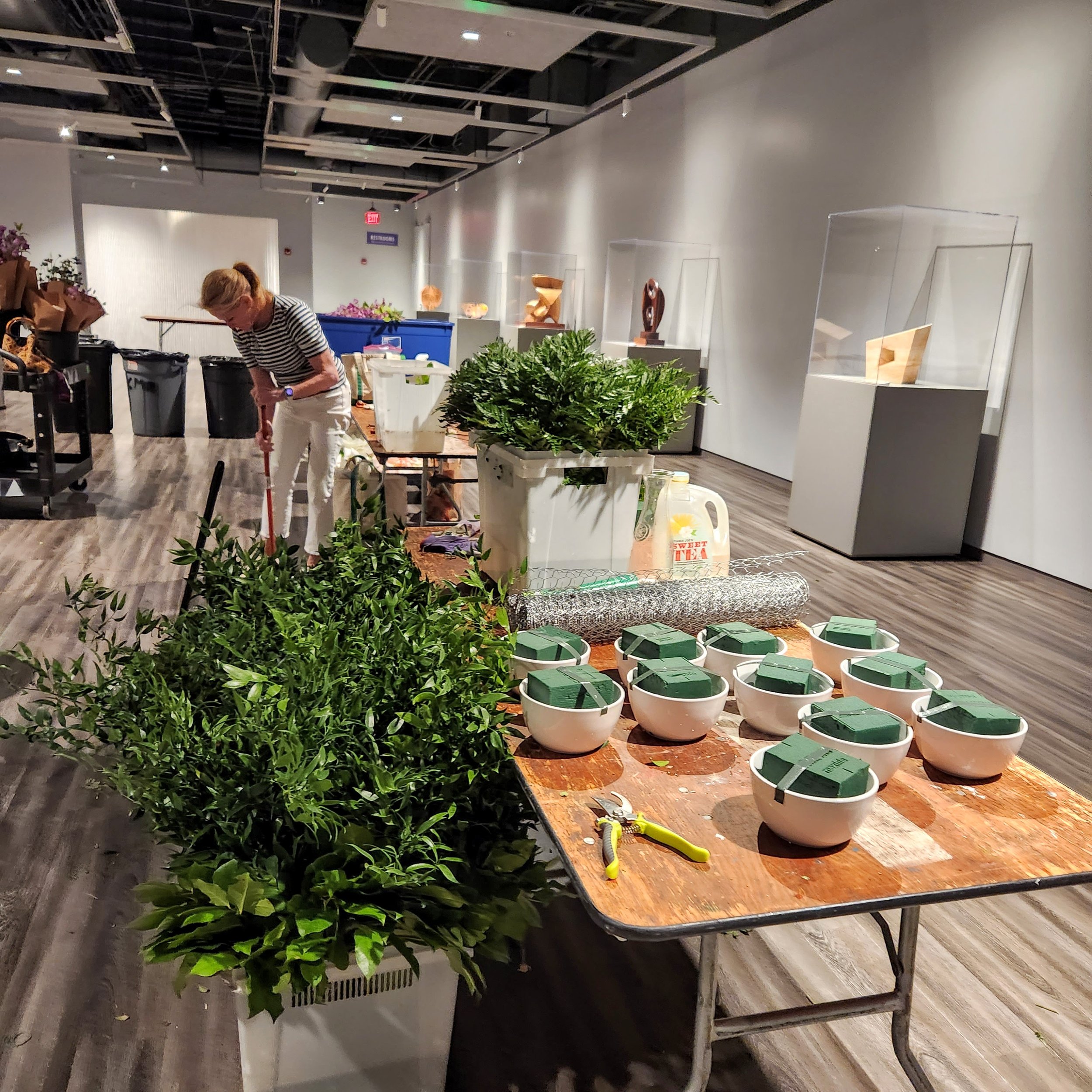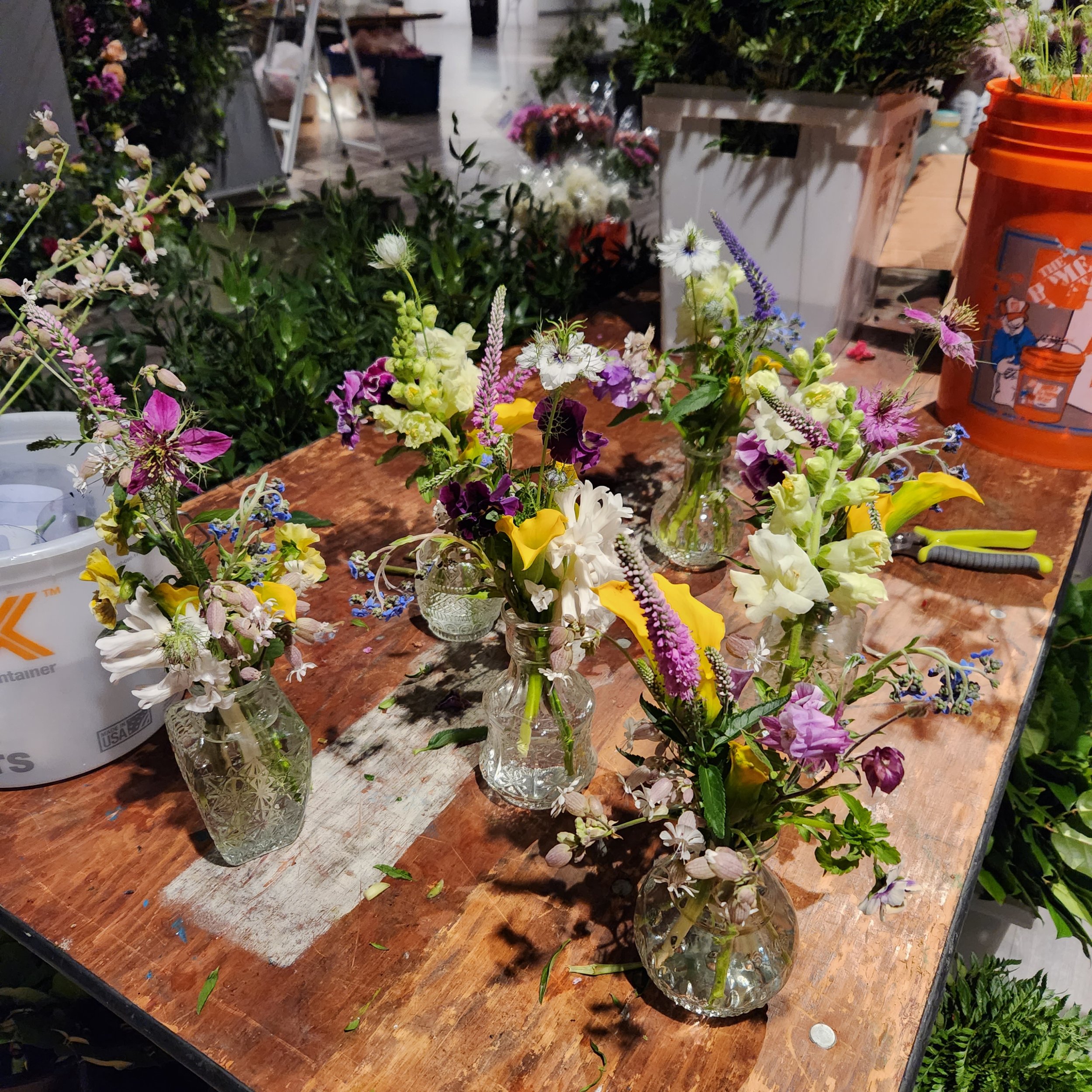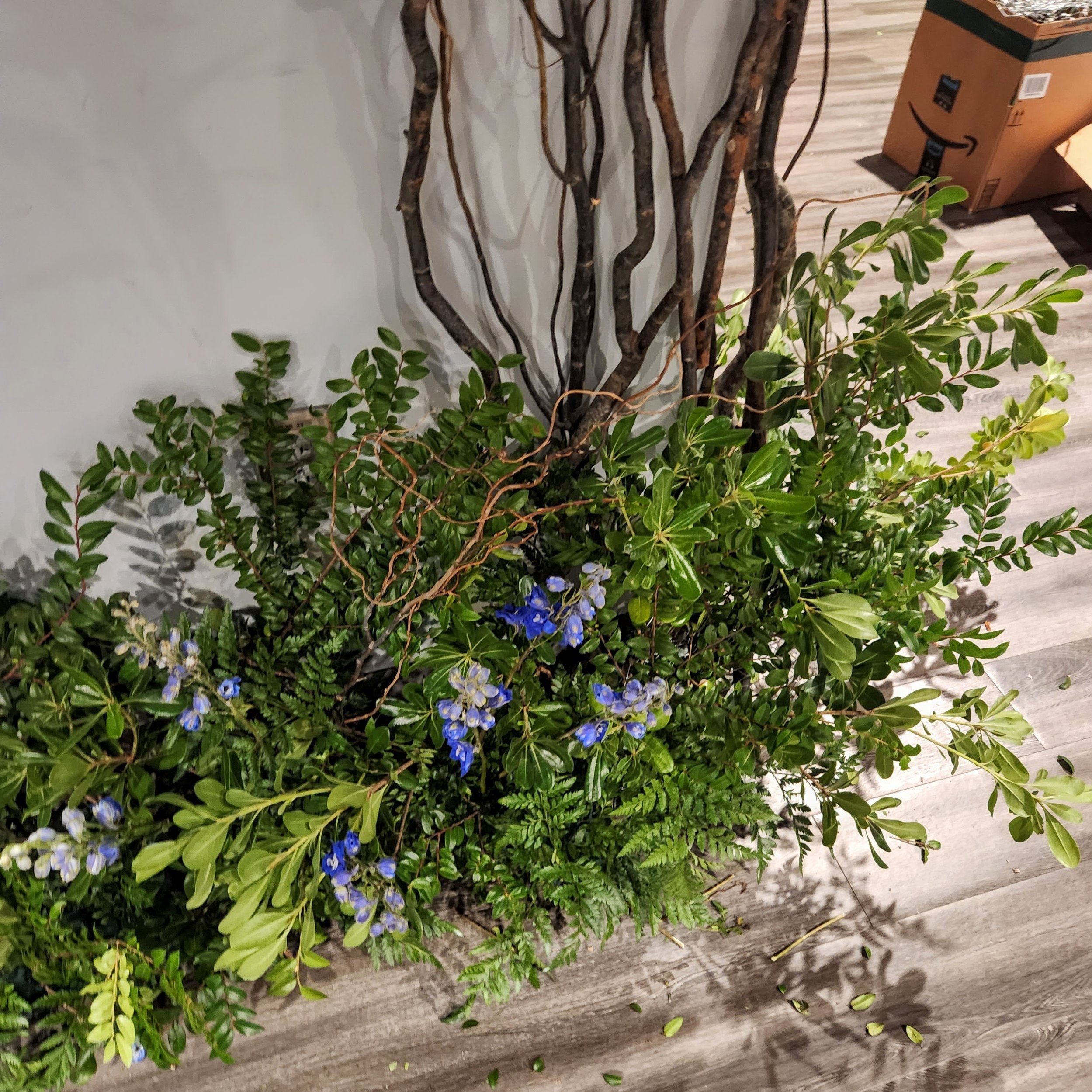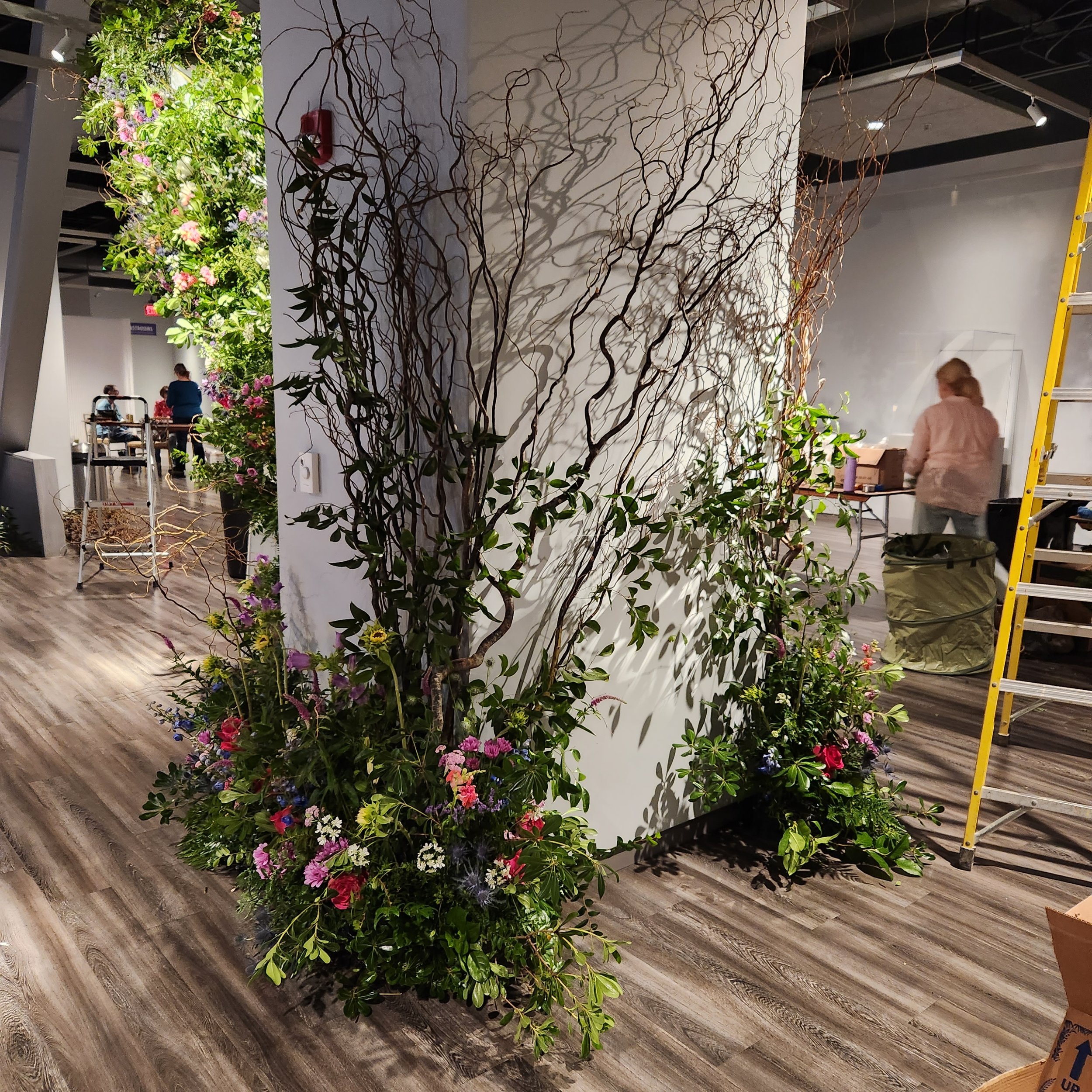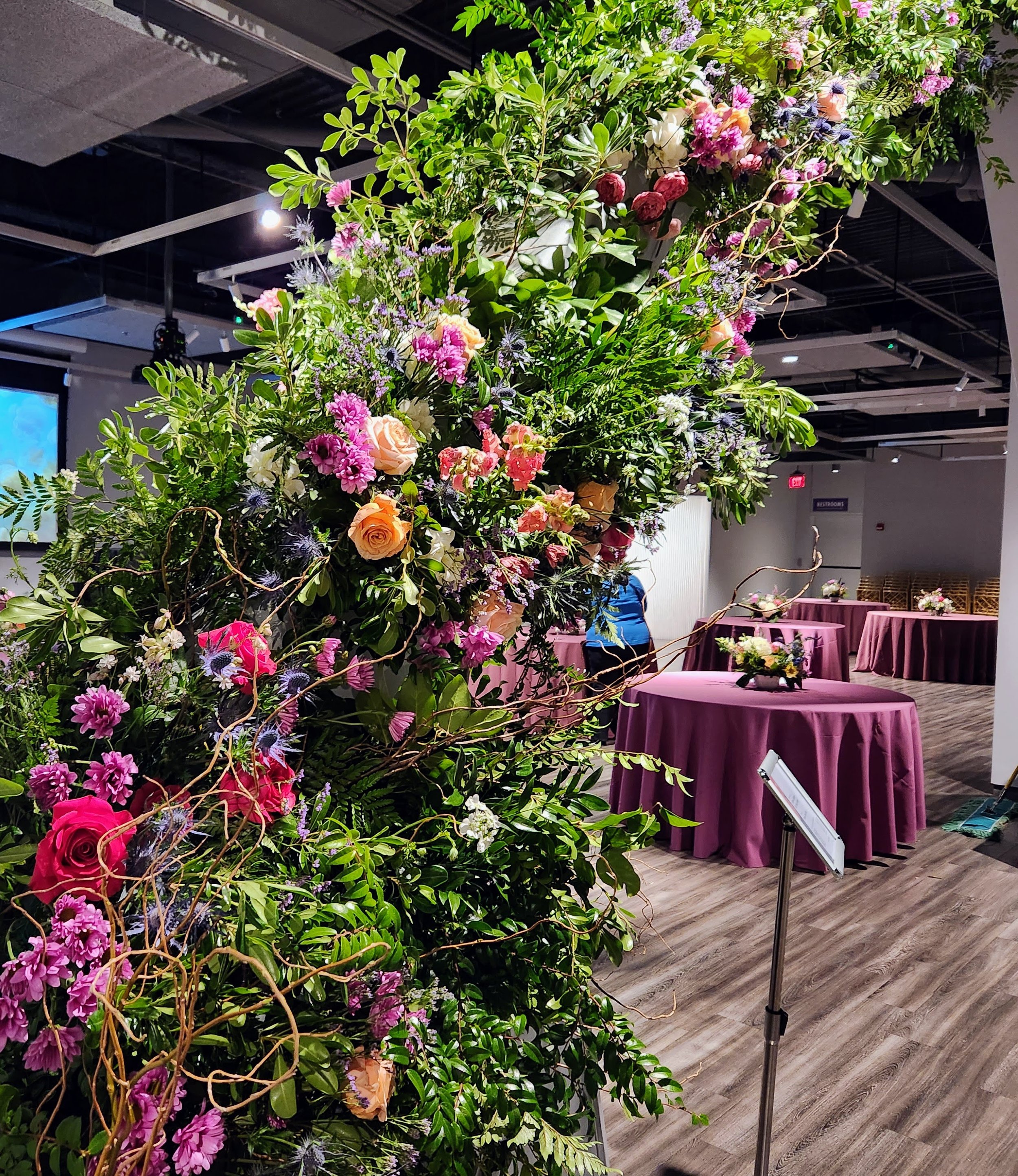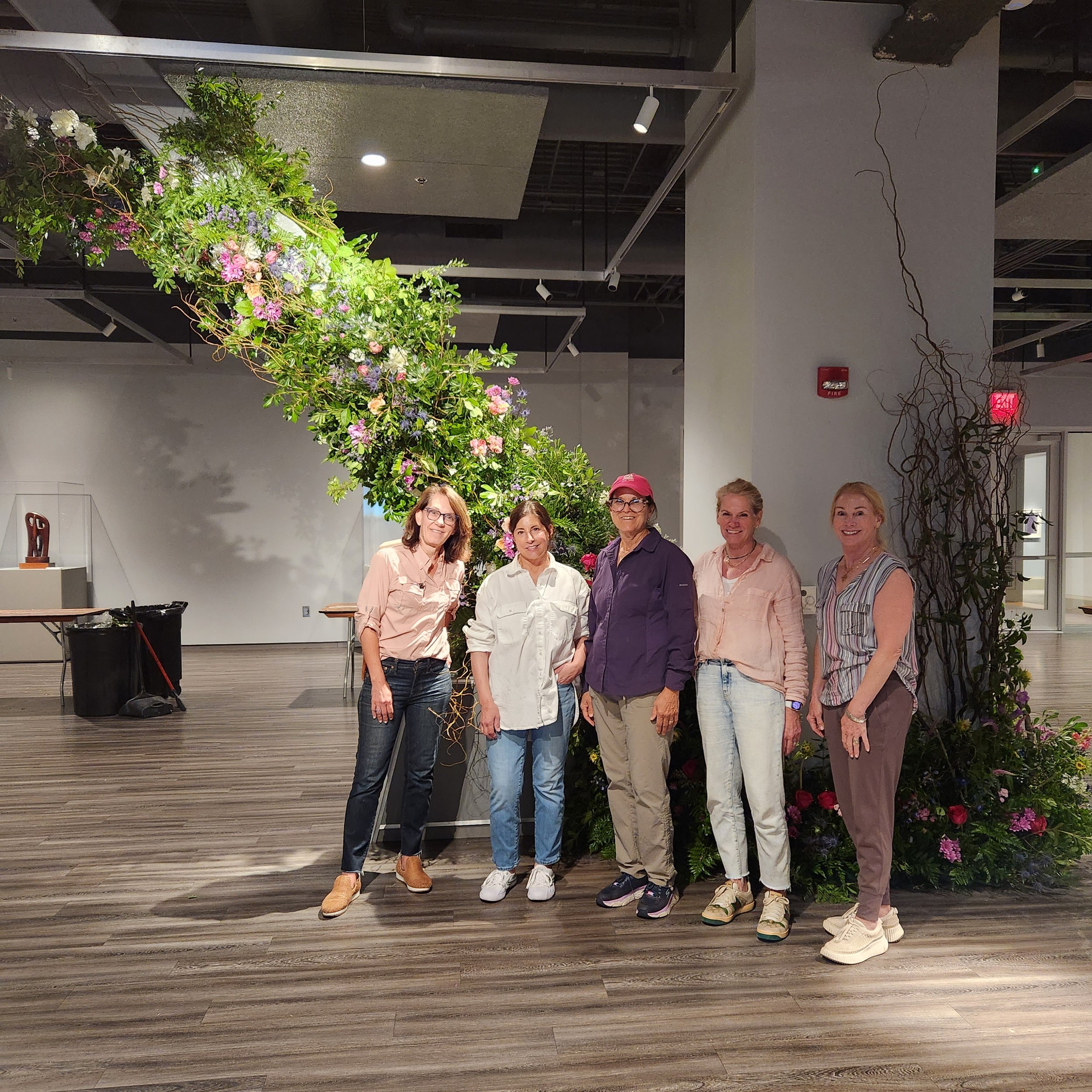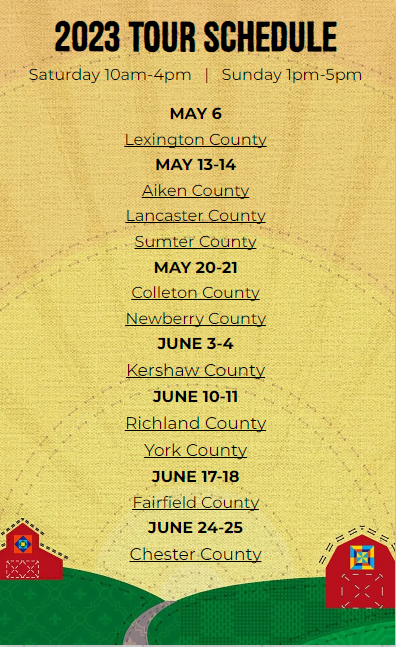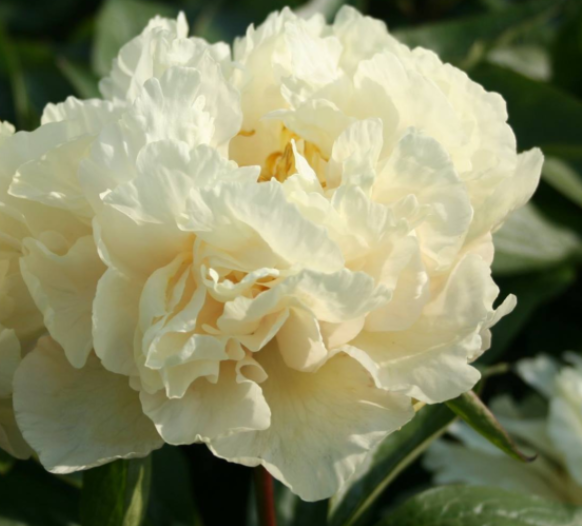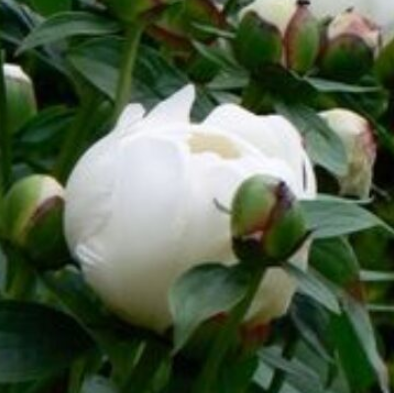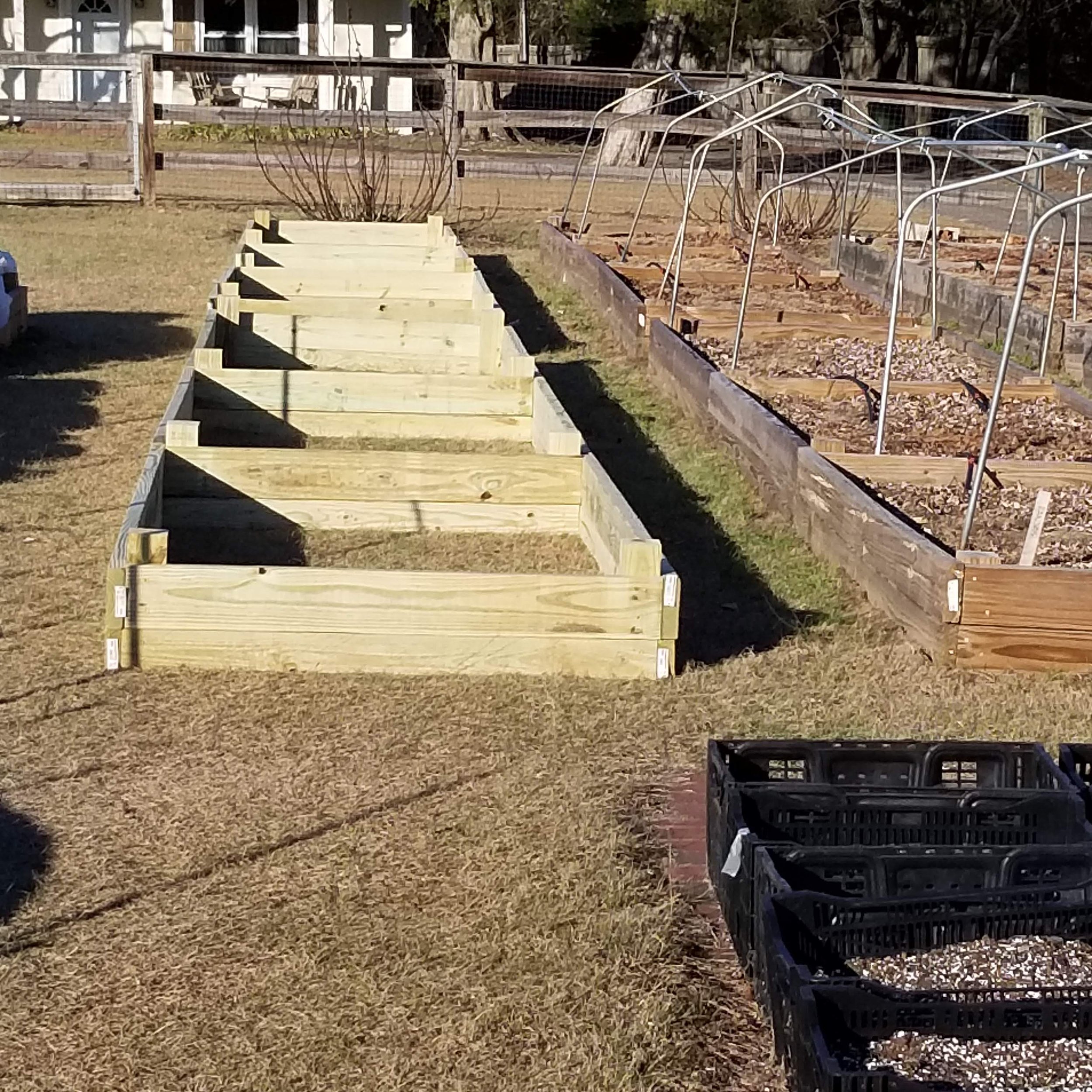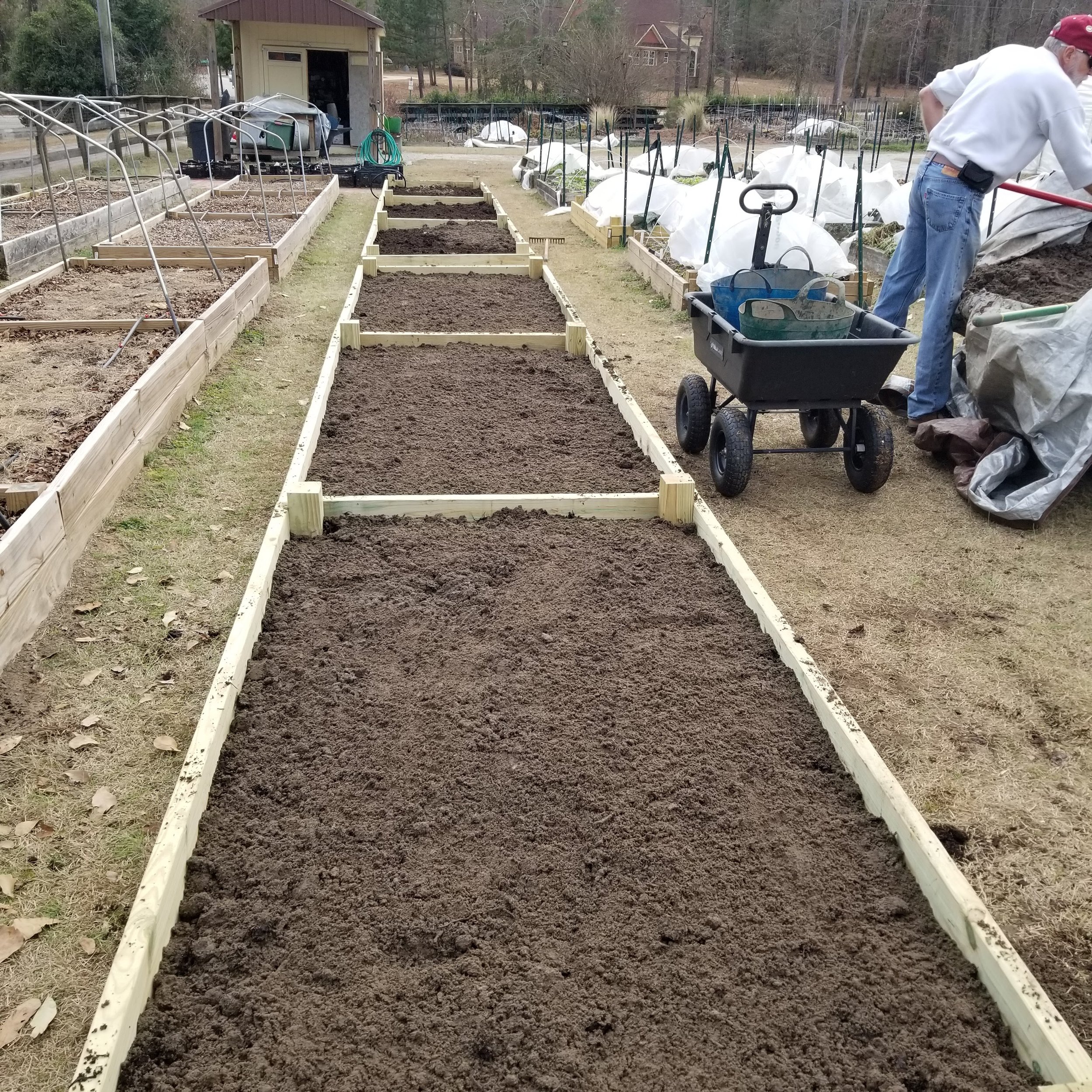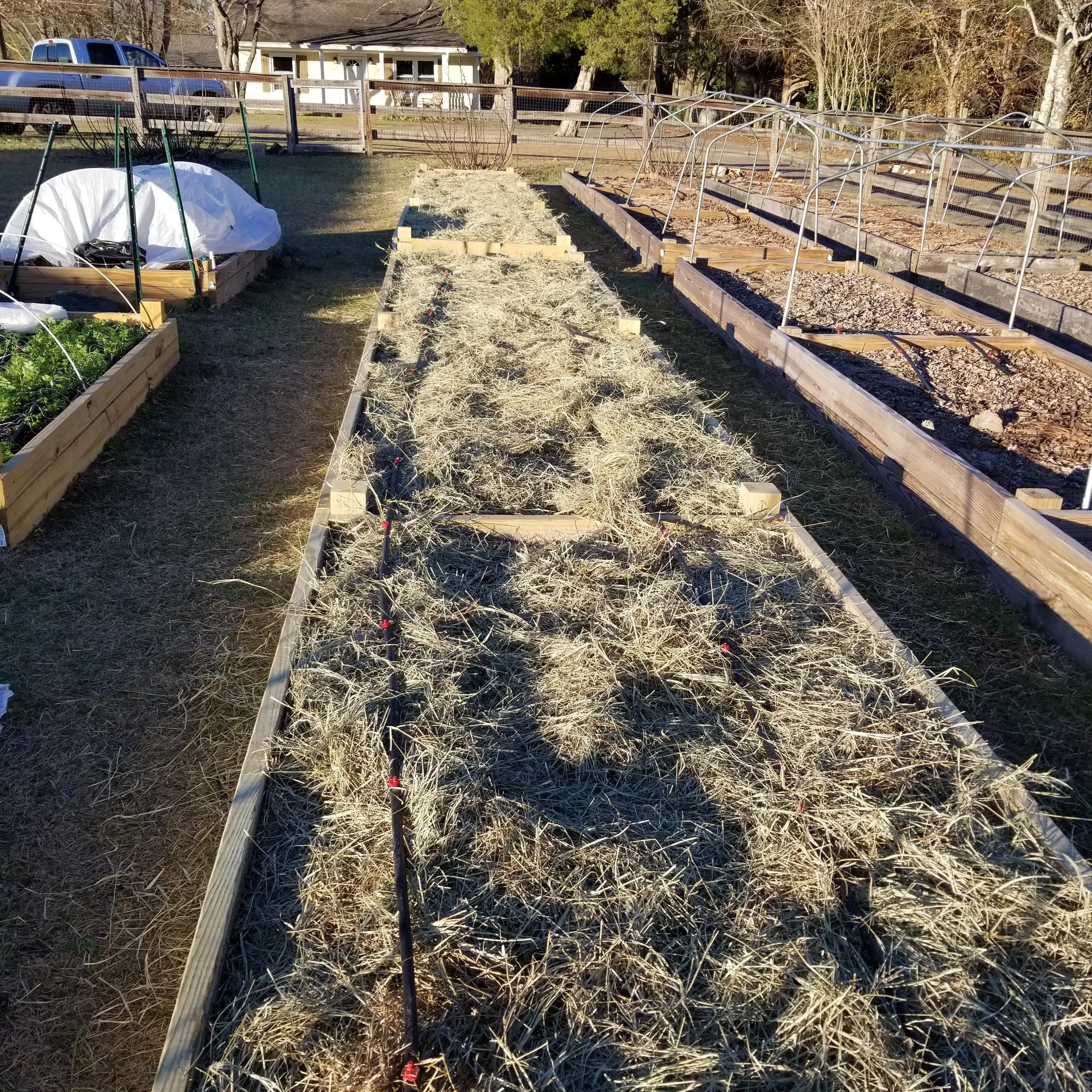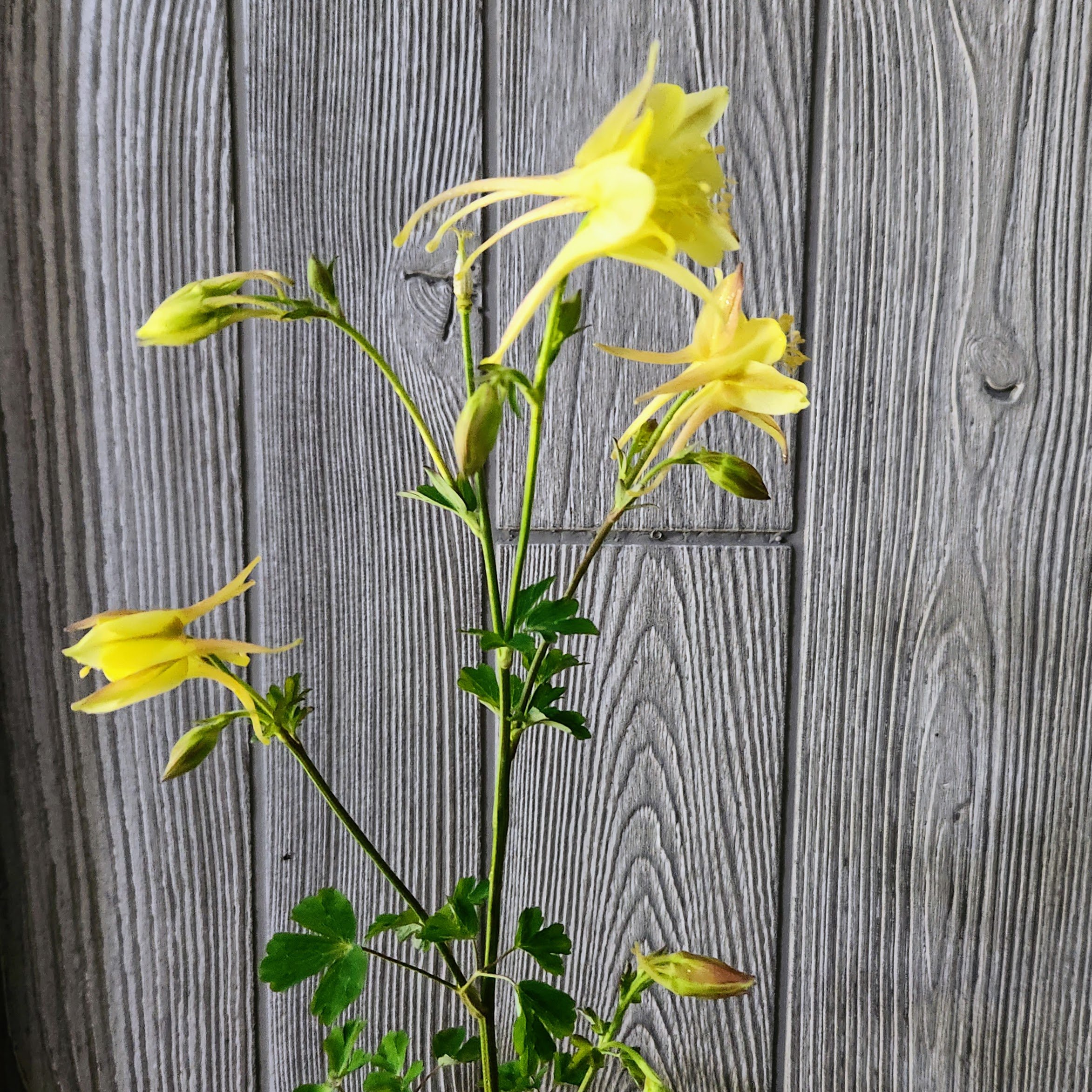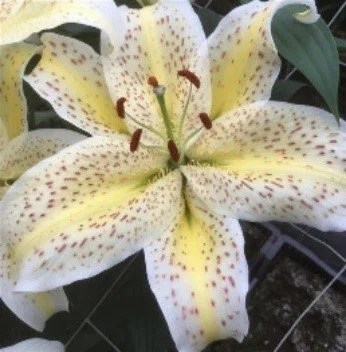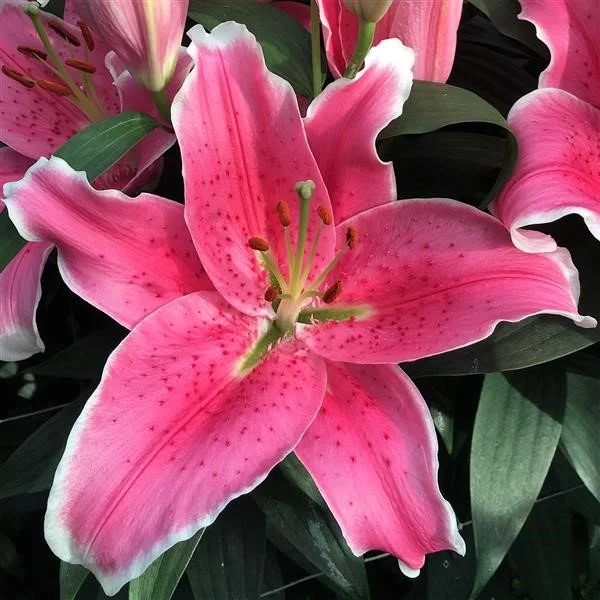The 2024 subscription shop is open
Have farm-fresh cut flower bouquets delivered to your door weekly, or bi-weekly. Choose from three seasons or sign up for all three!
Early Spring – March and April deliveries
Spring to Summer – May and June deliveries (No deliveries June 7th or 11th – come see us during the Richland county Ag+Art Tour on Saturday June 8th)
Late Summer to Fall – Mid- August to mid-October (No deliveries August 30th or September 3rd, Labor Day Weekend)
We use a contactless delivery approach. Please leave a vase or a bucket of fresh water out for us and we will leave your flowers there for you. Flowers vary with each delivery. We pick the best of the harvest to include in your bouquets.
Subscriptions also make a great gift. We offer two ways to give a gift subscription:
Order the subscription directly. When ordering as a gift, simply provide the delivery name and address within our service area that you want us to use. In the comments, please let us know if you will let the recipient know or if you would like us to announce your gift via email.
Order an e-gift card. This allows the recipient to decide on the details when they use the gift card to purchase a subscription. Gift cards are good for the year of purchase only.
We can schedule deliveries around vacations-no problem. Customer satisfaction is fully guaranteed.
This service is available in the following zip codes: 29201, 29204, 29205,29206,29209, 29016, 29045, 29169, 29223, 29229
A limited number of subscriptions are available. Subscriptions are closed when sold-out for the season.
Holiday Bulbs and Greens - Last Call!
Many thanks to those of you who came out to our open house last weekend. It was fun to meet some of our followers face to face for the first time and to see old friends too.
If you couldn’t make it, we will be at the Christkindl Market at Doko Meadows on Saturday, December 9th with amaryllis, paperwhites and greenery bouquets. This is a really big market with lots of local makers. Don’t miss it!
Christkindl Market
Saturday, December 9, 2023
10:00am-7:00pm
Doko Meadows Park, 171 Langford Rd, Blythewood, SC 29016, USA
Join us for our 2nd Annual Christkindl Market in conjunction with the Blythewood Chamber of Commerce!
Live Nativity Scene
Arts & Crafts Vendors
Seasonal Baked Goods
Gluhwein and Beirgarten
Food Trucks
Santa Land
That’s it for now! We hope that you are blessed with a joyful holiday season. Merry Christmas and Happy New Year!
Linda
